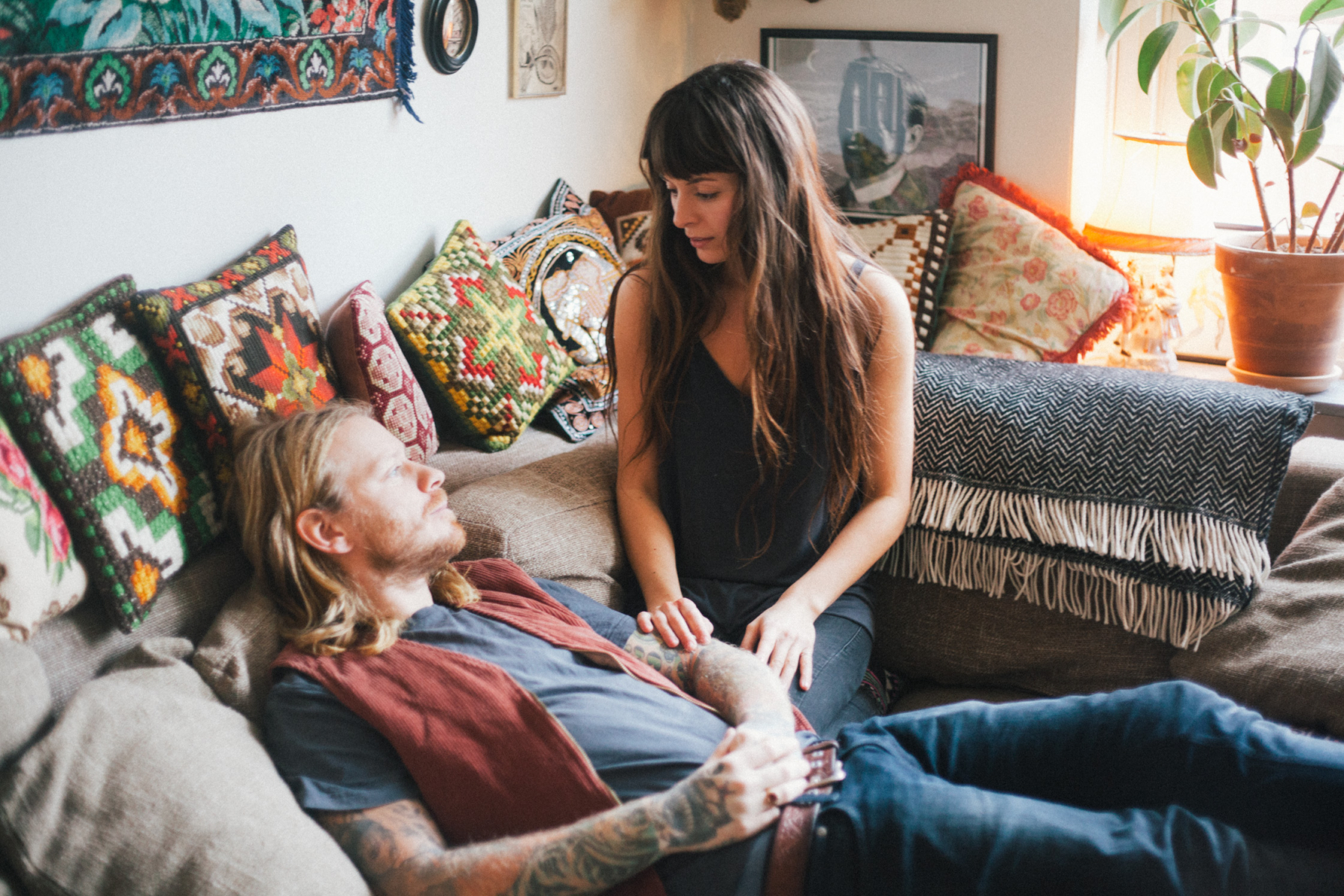Finding ourselves in Gothenburg, Sweden’s second largest city, we encounter Nor Toma, a petite lady with a big heart and strong energy. The home she shares with her boyfriend Jonas sits amidst a range of record stores, cozy cafes and Jonas’ tattoo parlor, all within Majorna, a former sailing district transformed into a neighborhood for creatives. Despite Nor fitting in perfectly with her hometown surroundings, it somehow seems she would fit in just about anywhere. With her job as Global PR Spokesperson for the fashion and lifestyle brand Monki, she has helped open new stores across Europe and Asia and travels almost every two weeks, experiencing new cities while in search of the perfect place to grow old.
Born in what was then the Soviet Union and moving to northern Sweden when she was three, Nor originally seemed destined for a career in contemporary dance. Her teenage years were spent in Stockholm and after some time spent in Berlin, her path changed its course.
Inside her home – a veritable jungle – the outside world is brought in through countless plants, taxidermy and dream catchers. It is here we get to know Nor a little better and talk about her aspirations. Never short on ideas, the problem for Nor is more what to choose next, as opposed to how. Enjoying a special tour through the surprisingly multifaceted harborside city, we stopped by one of Gothenburg’s oldest coffee houses, Cafe Skogen, explored the Palmhuset and took part in a flower workshop followed by a remarkable dinner in the shell of the newly-opened restaurant Market.
This portrait is part of our ongoing collaboration with ZEIT Online who present a special curation of our pictures on their site.
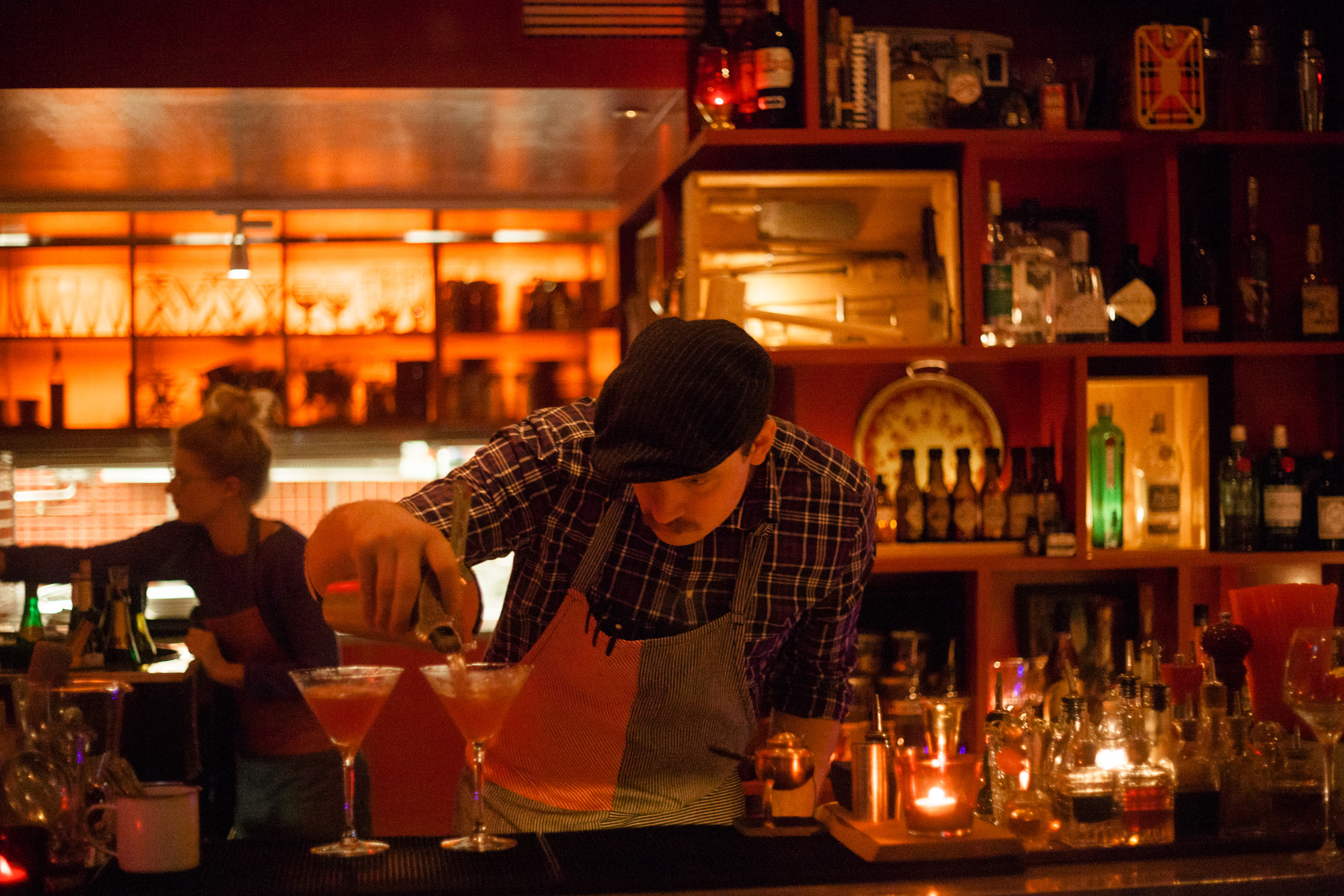
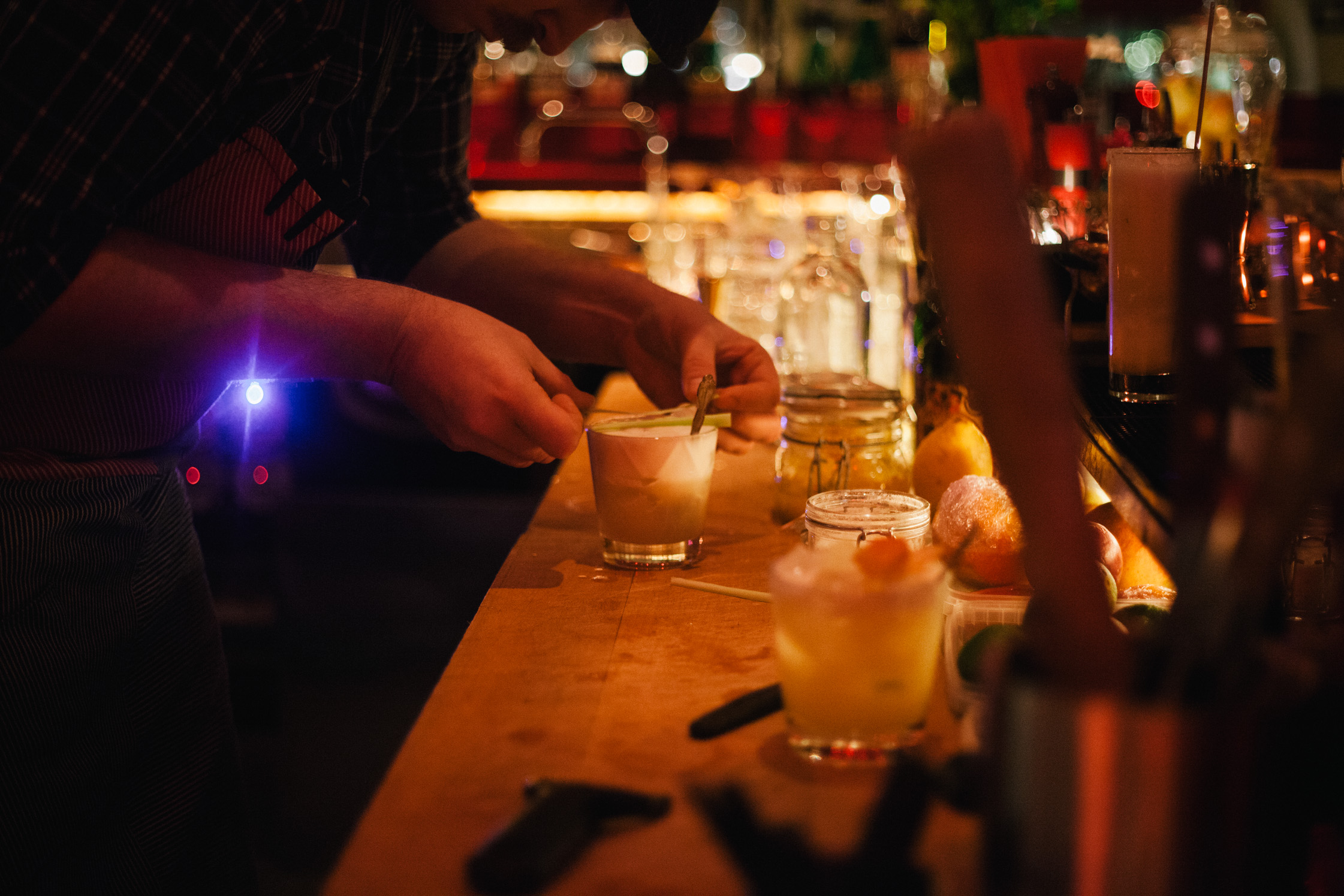
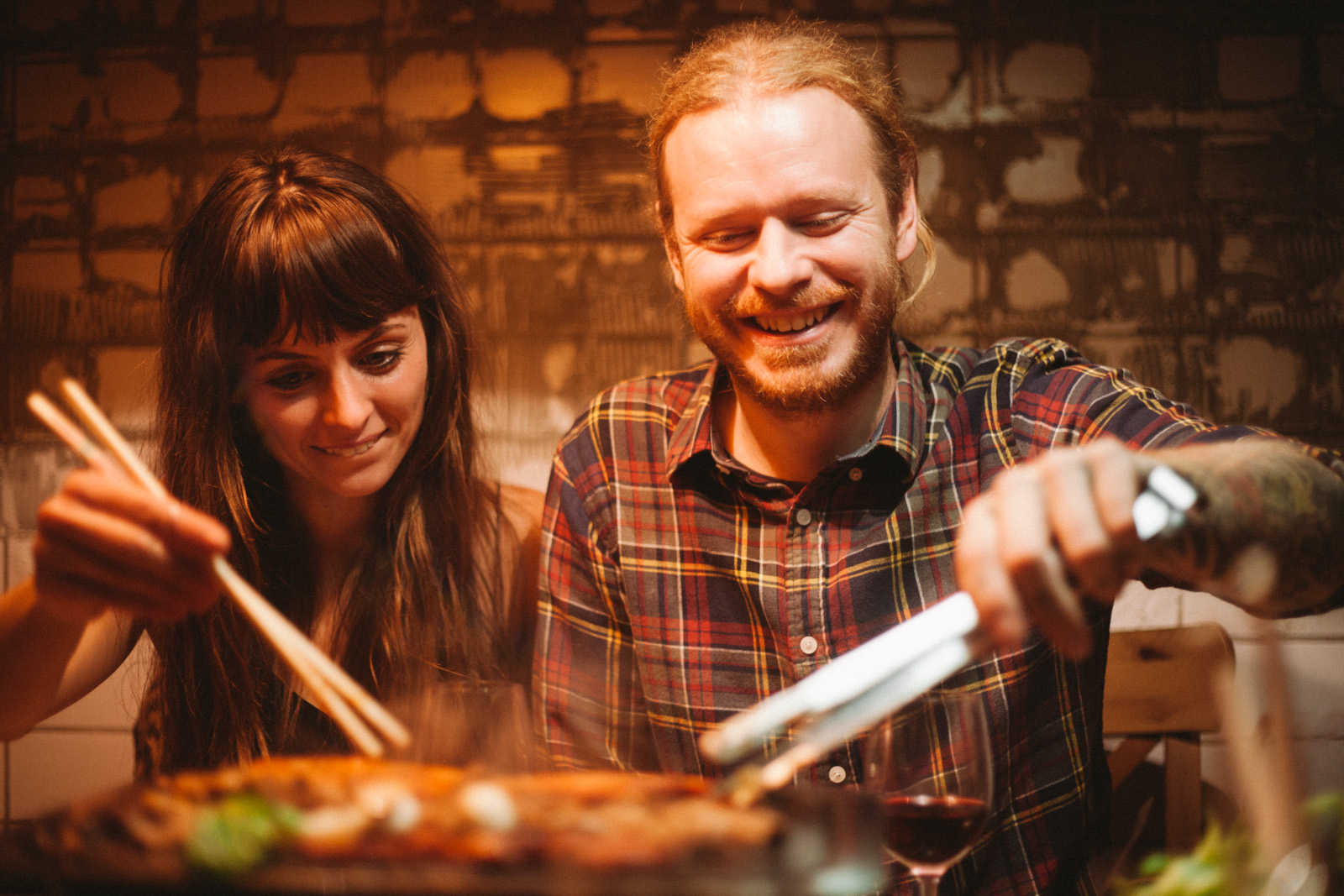
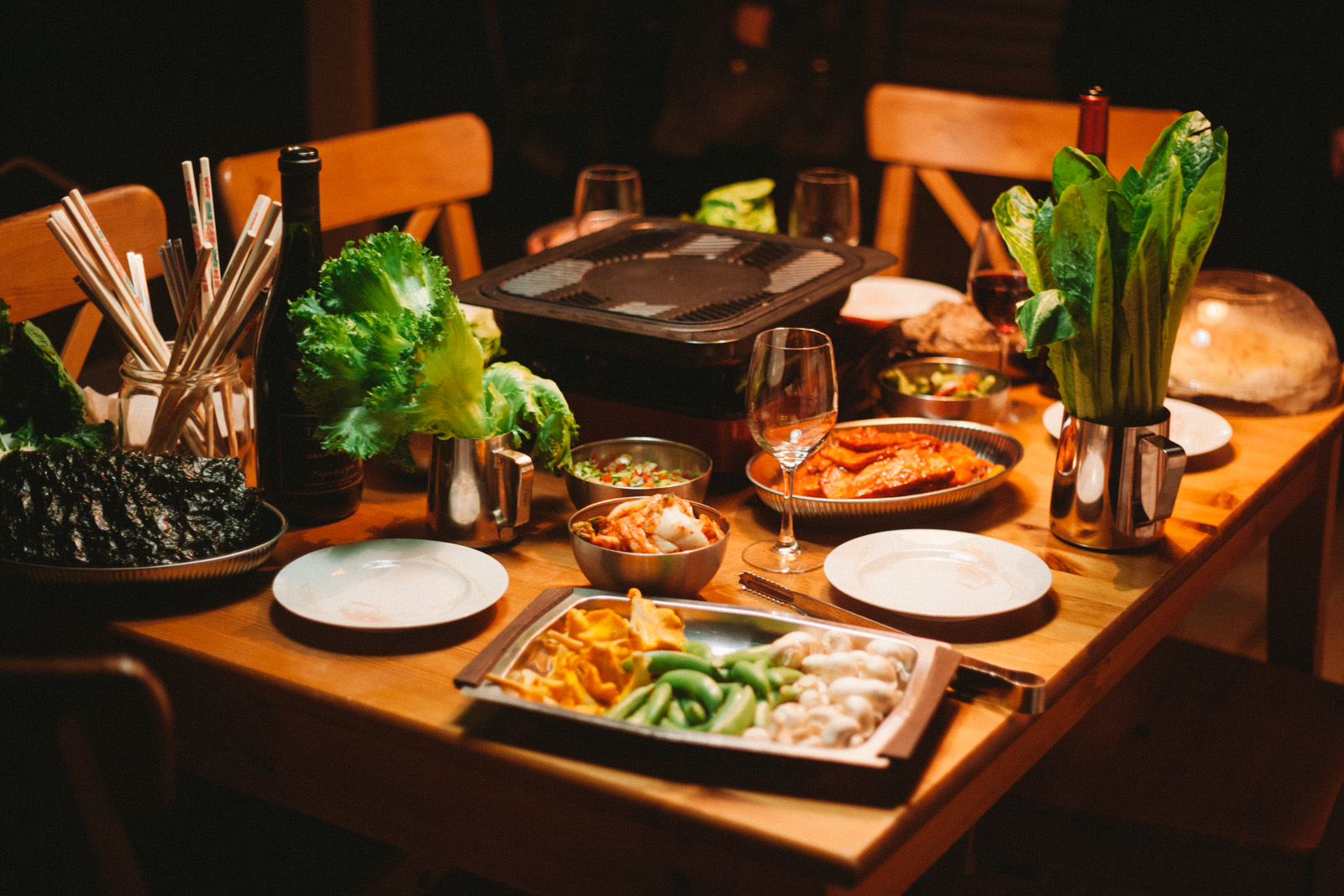
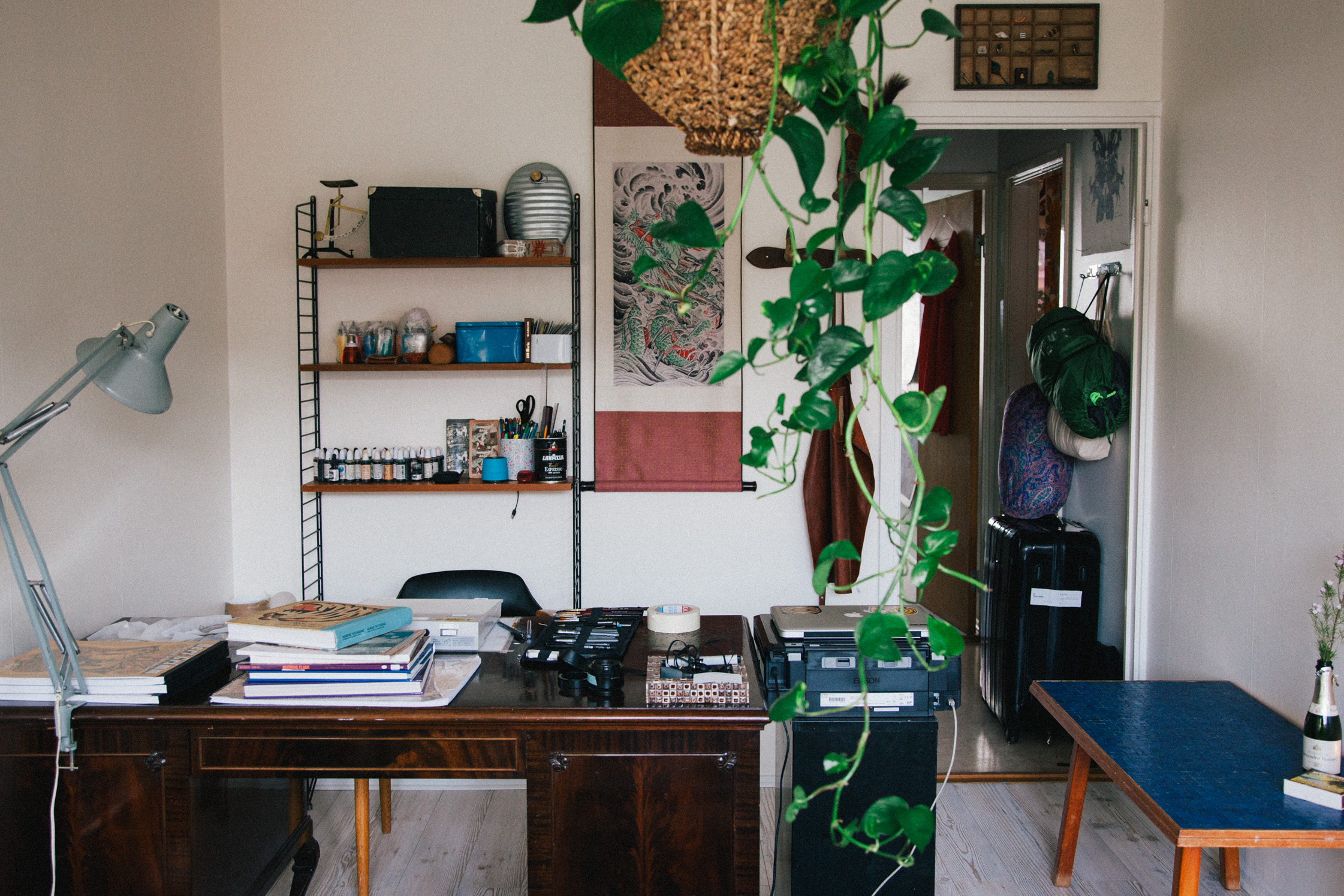
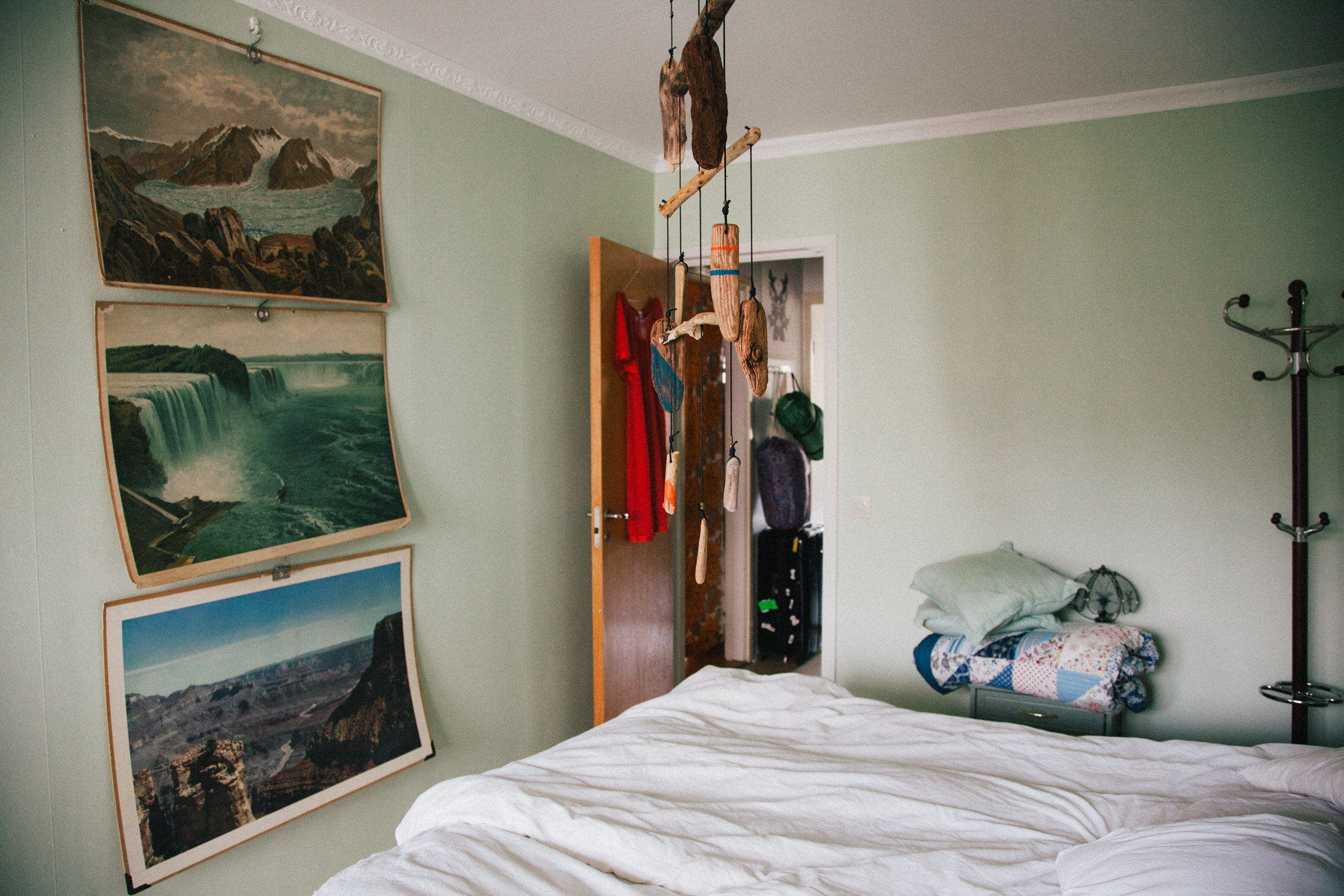
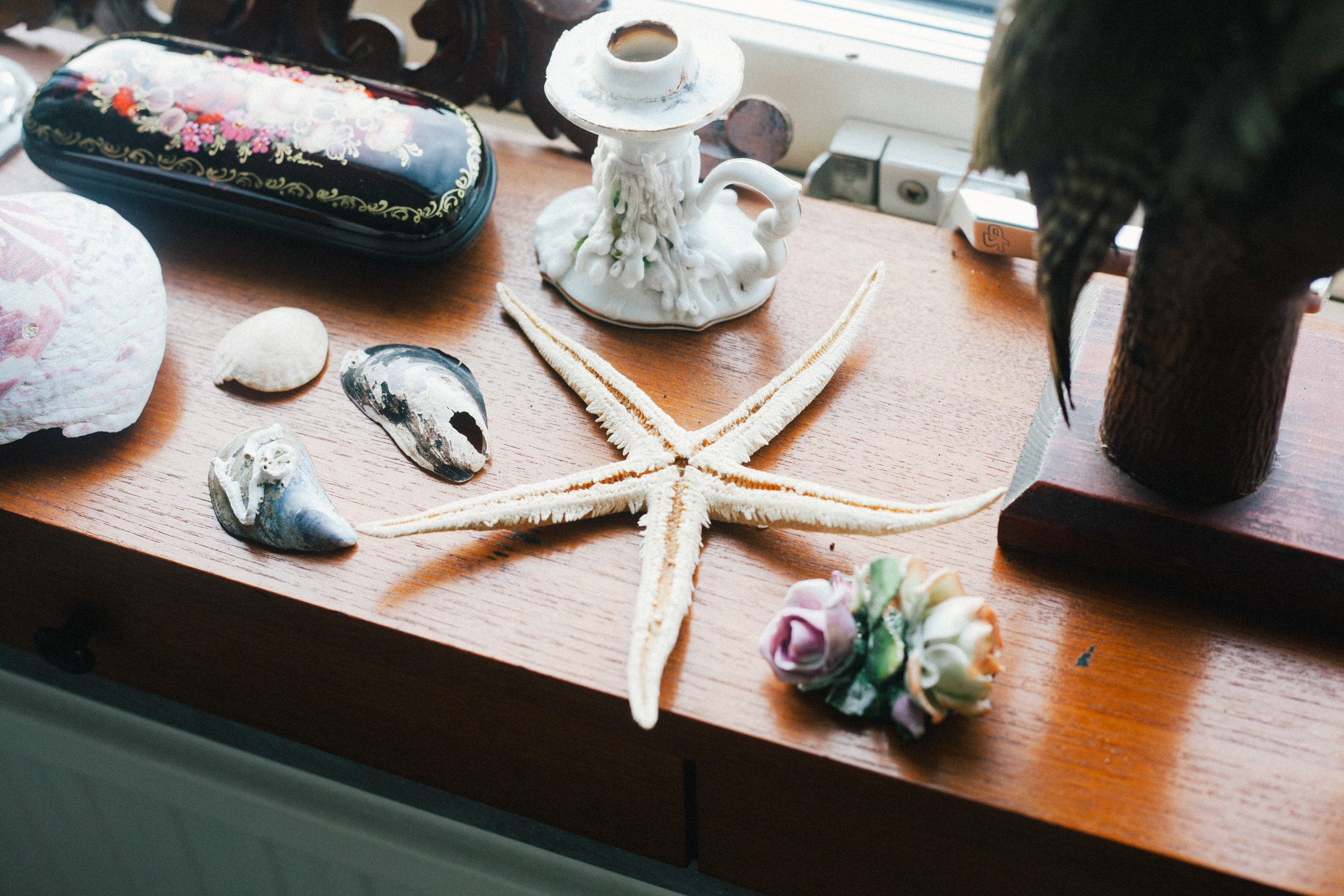
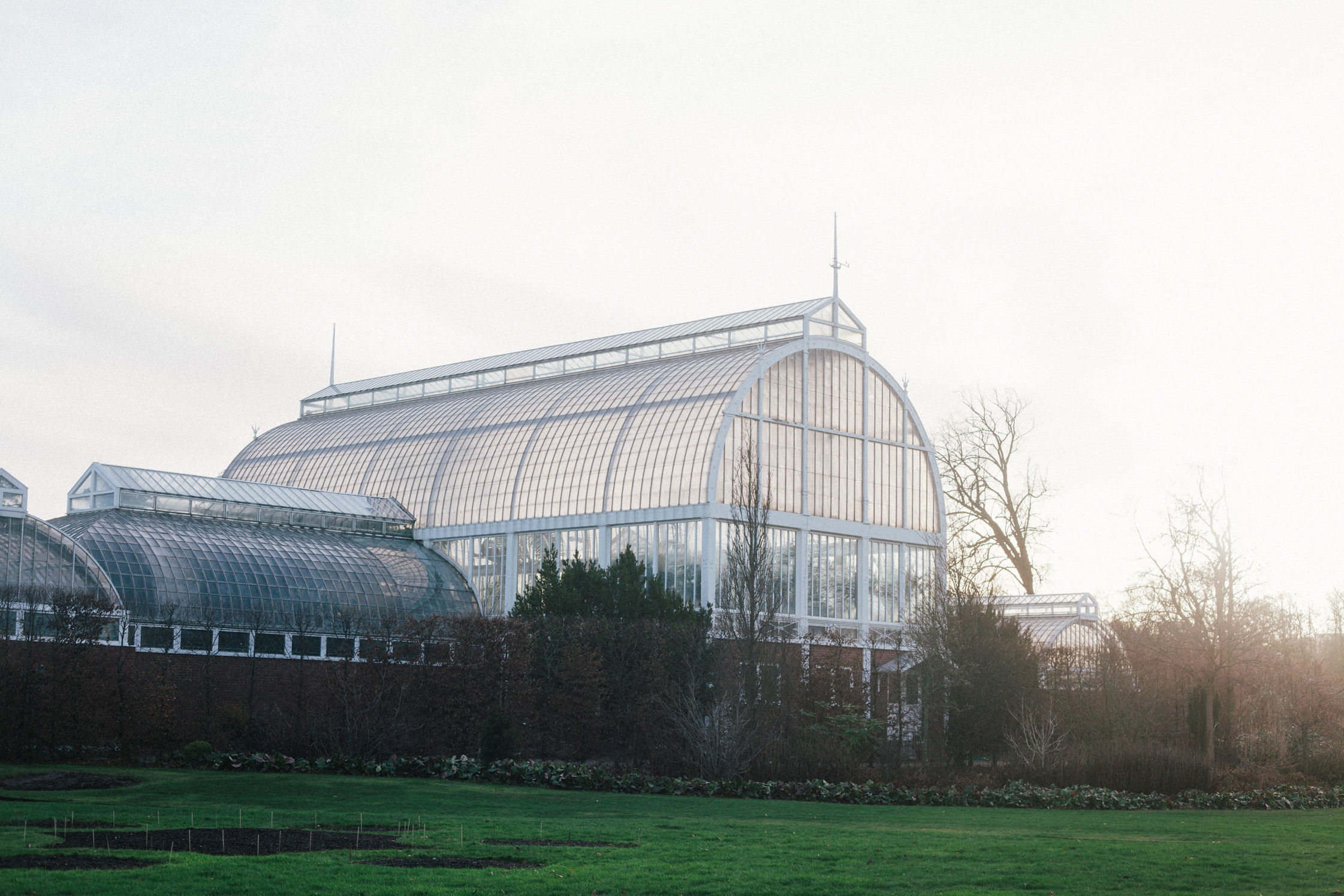
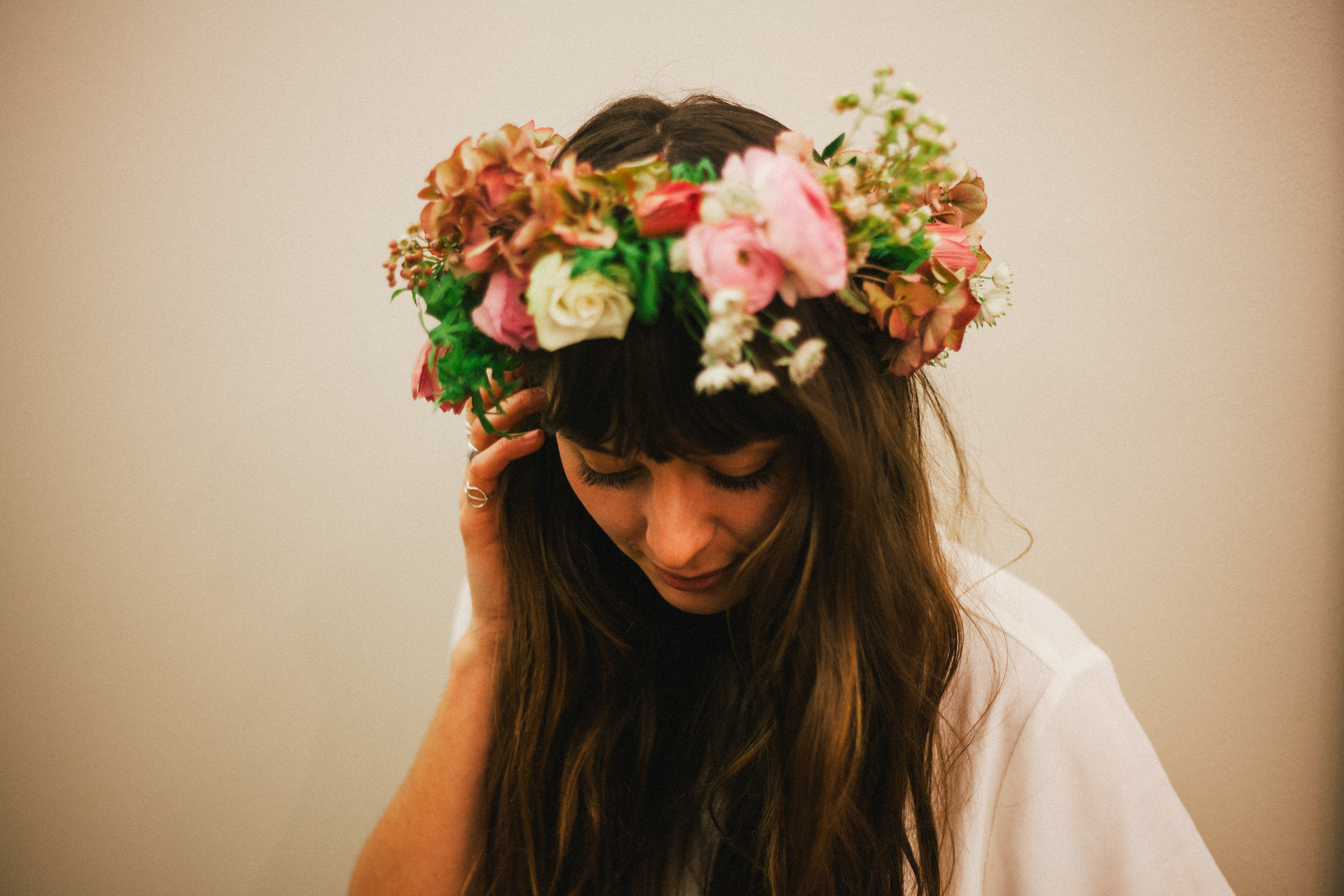
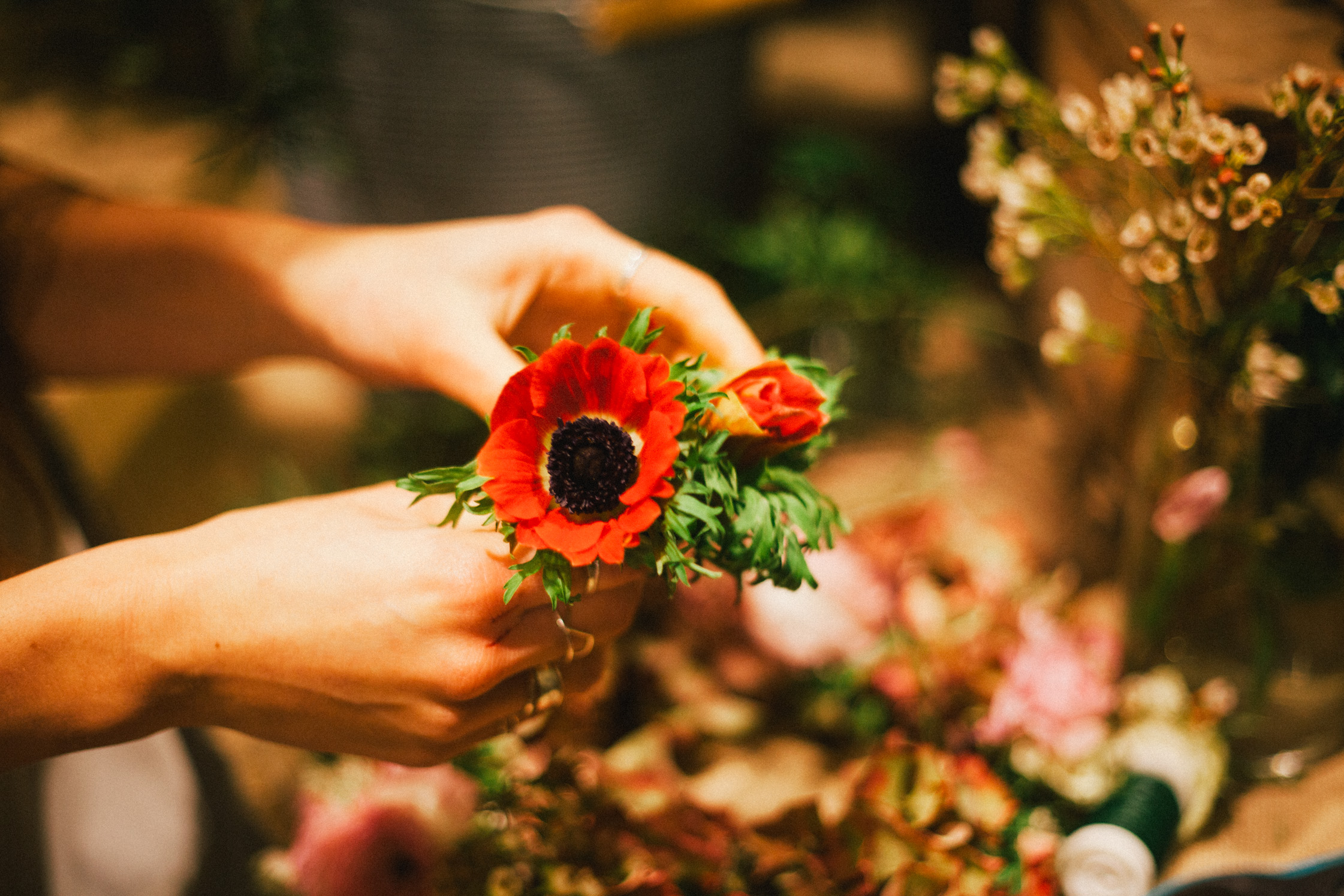
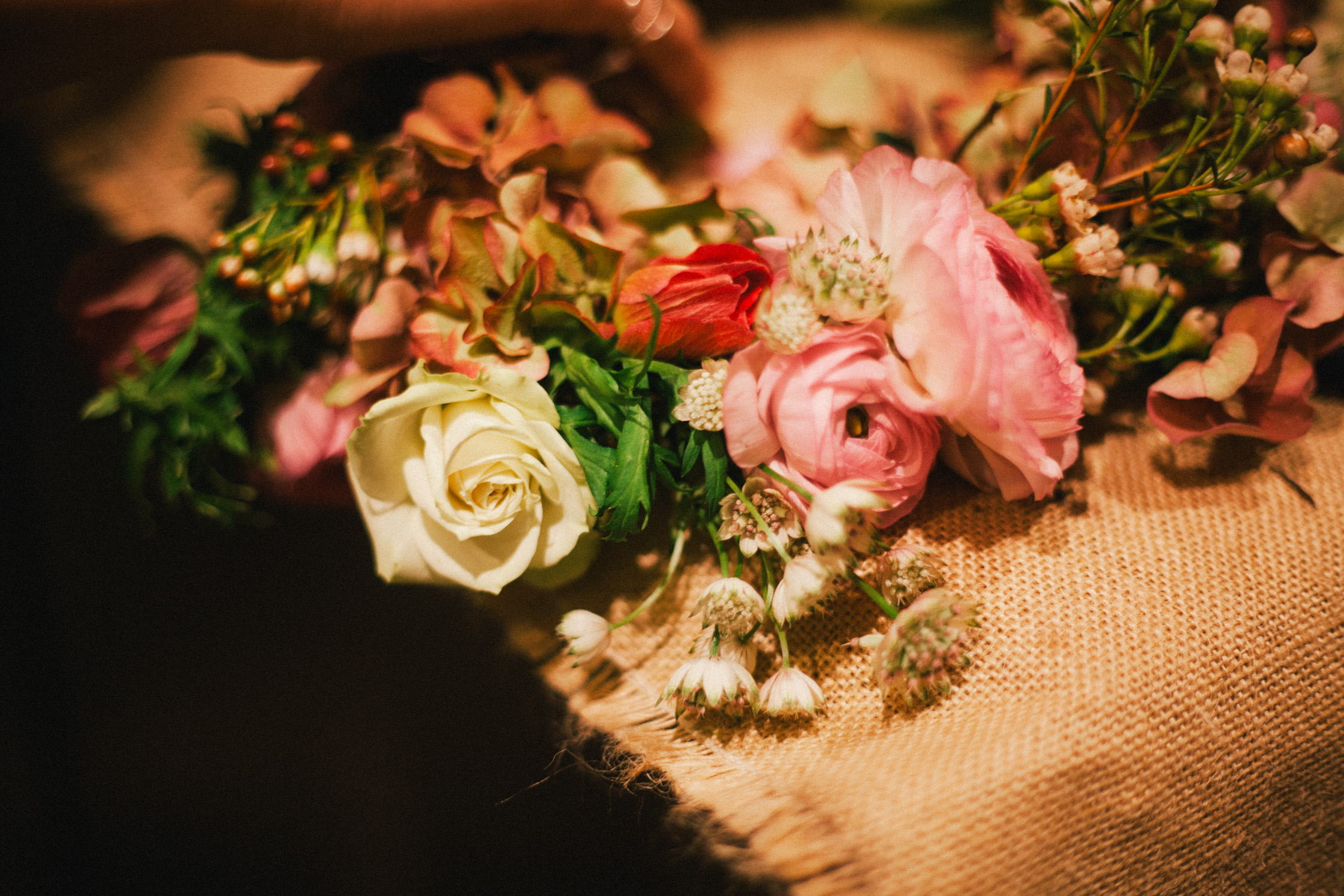
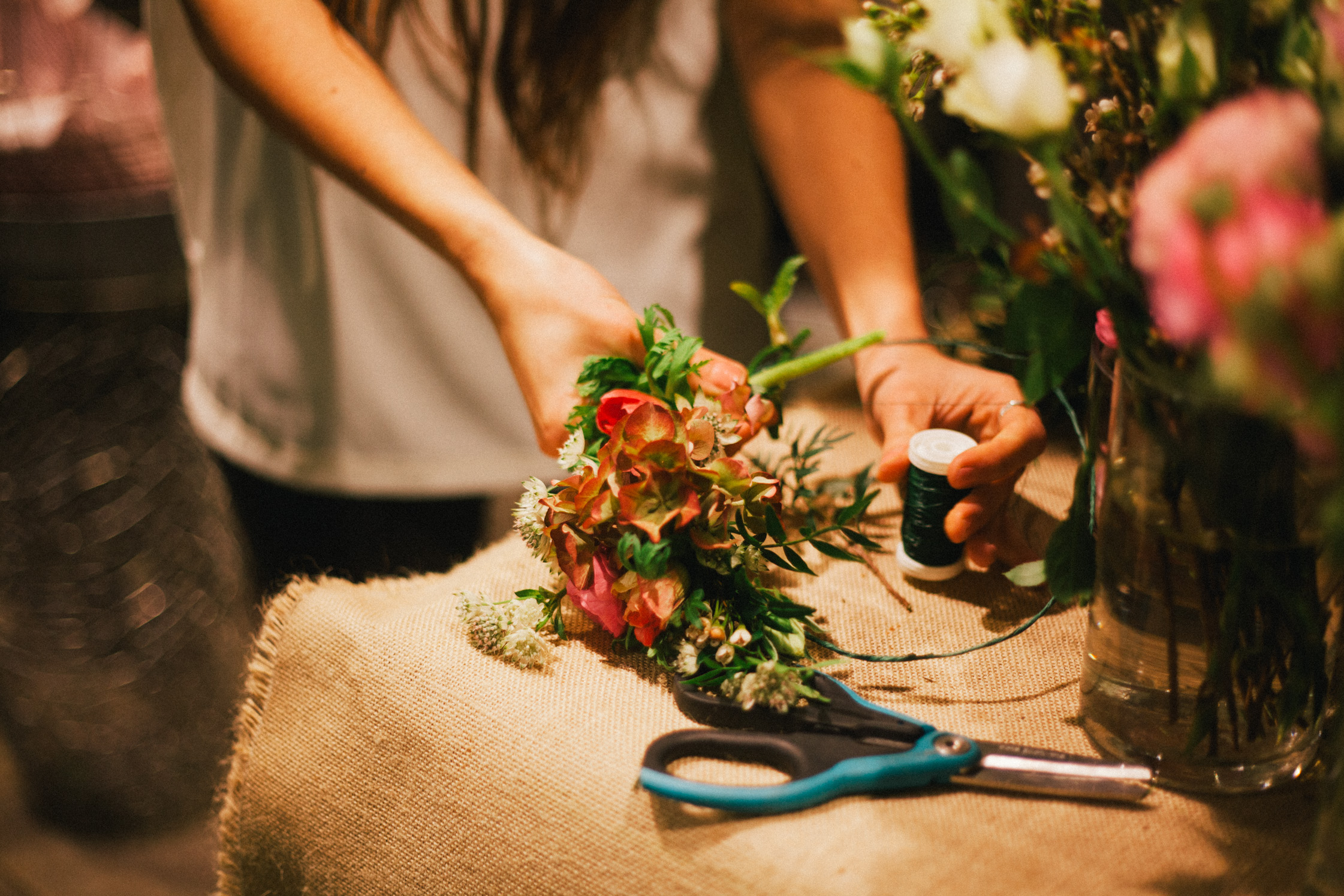
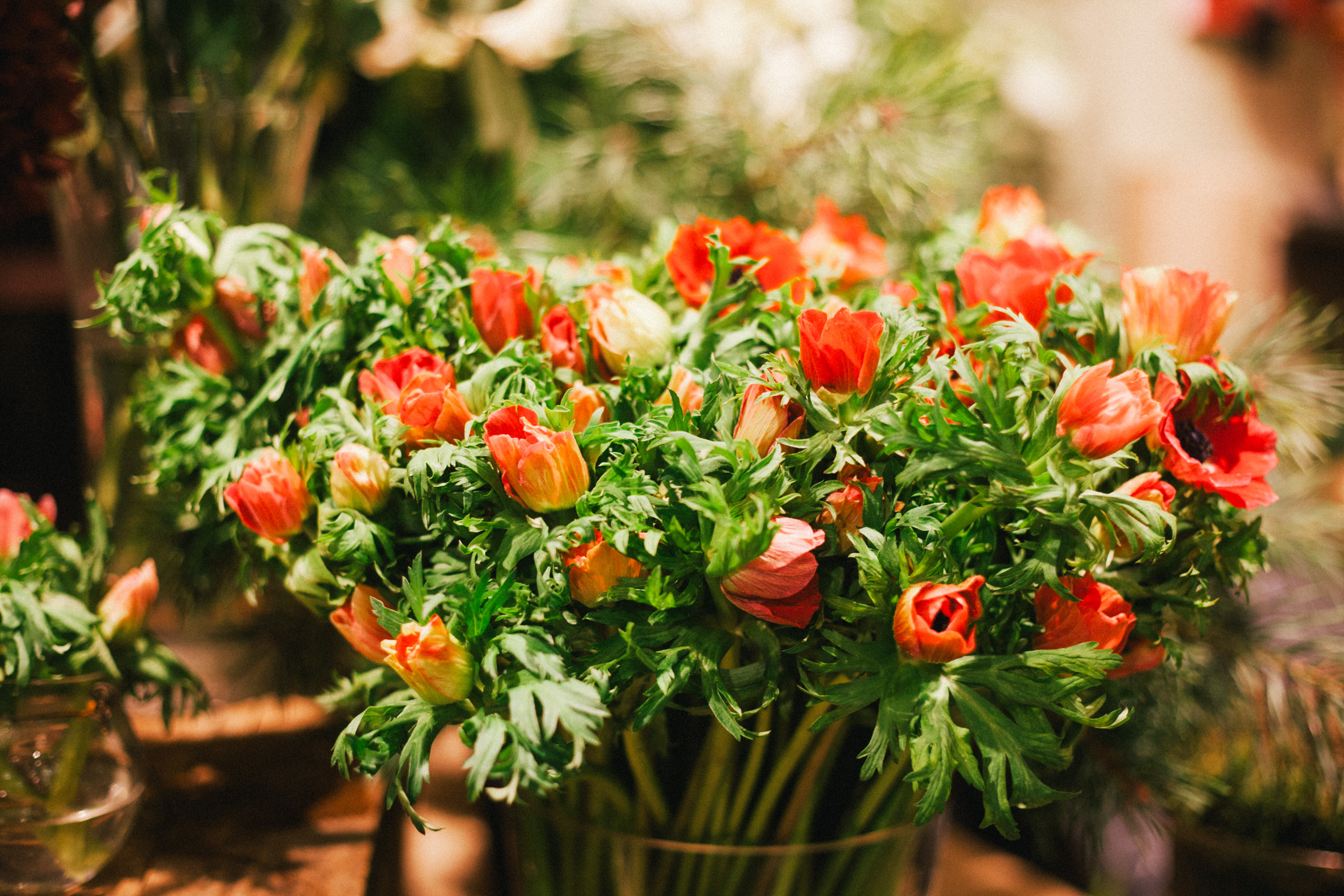
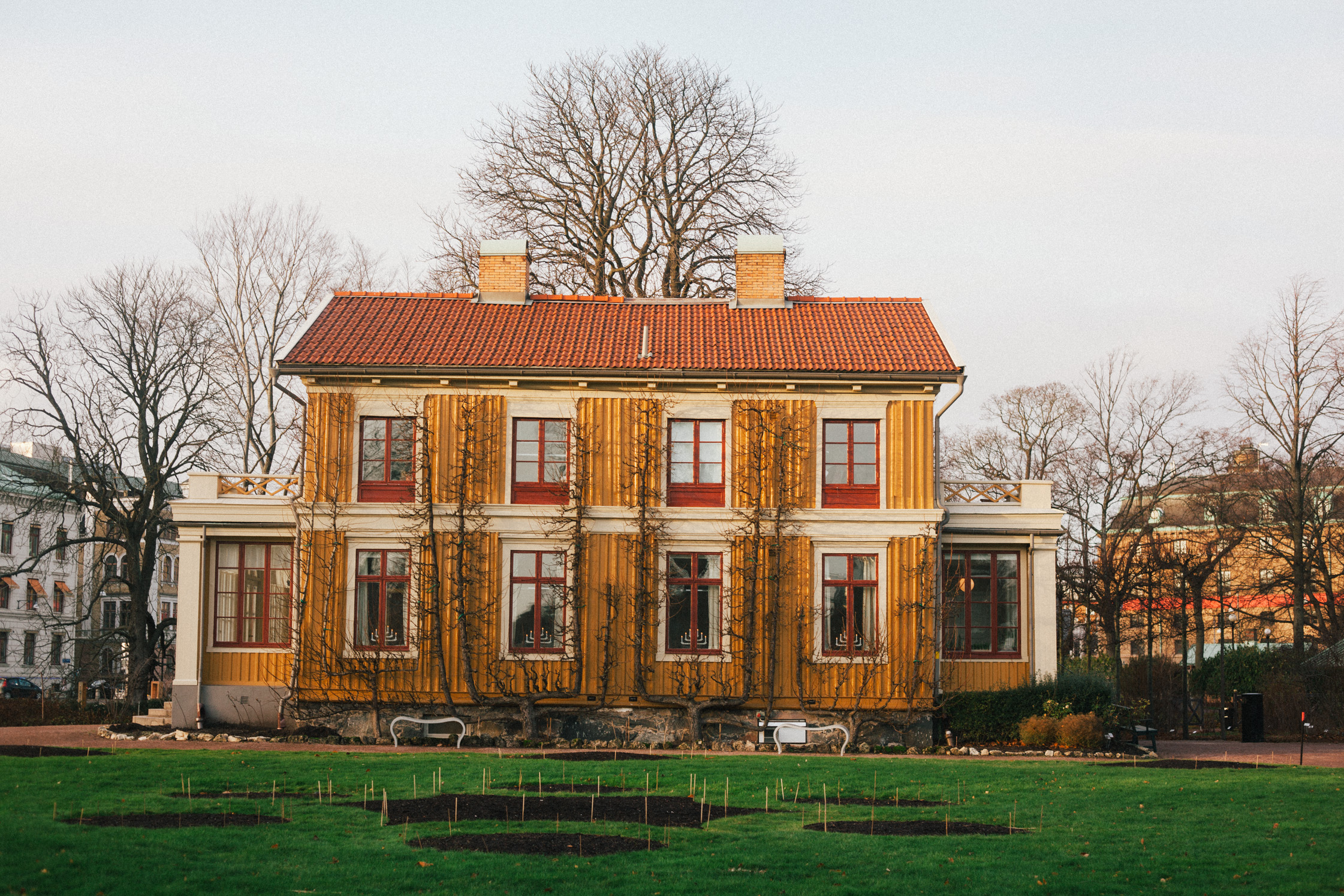
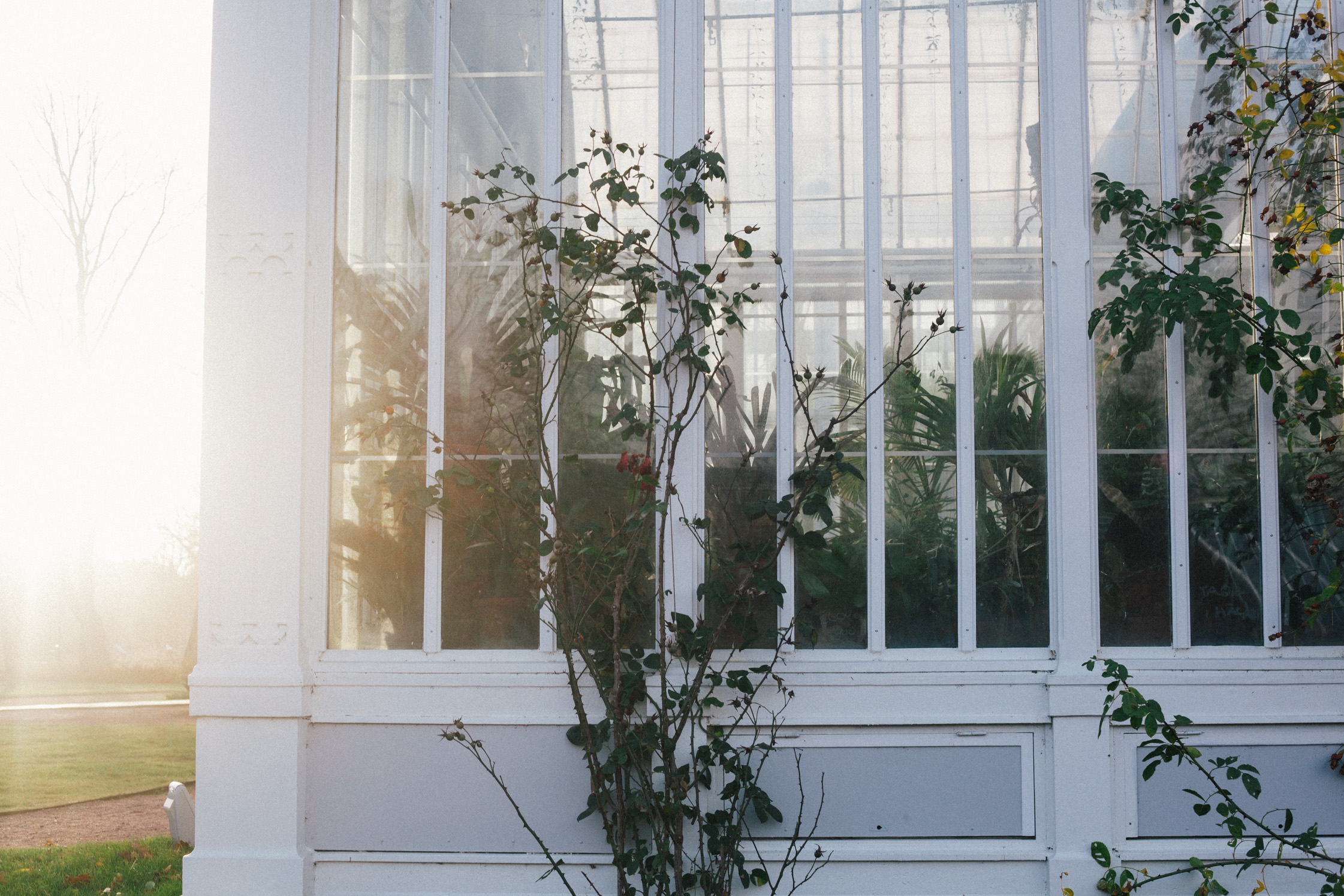
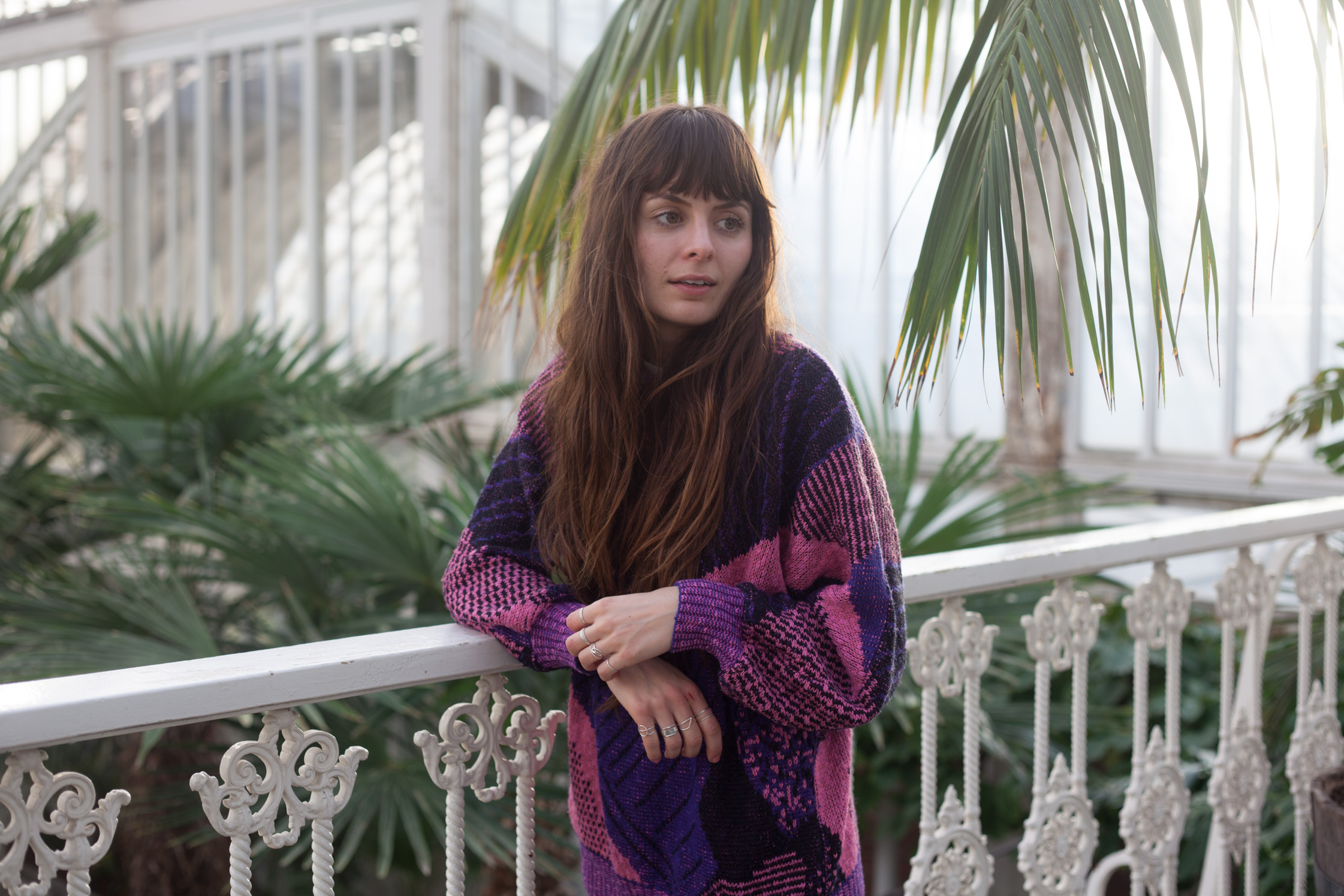
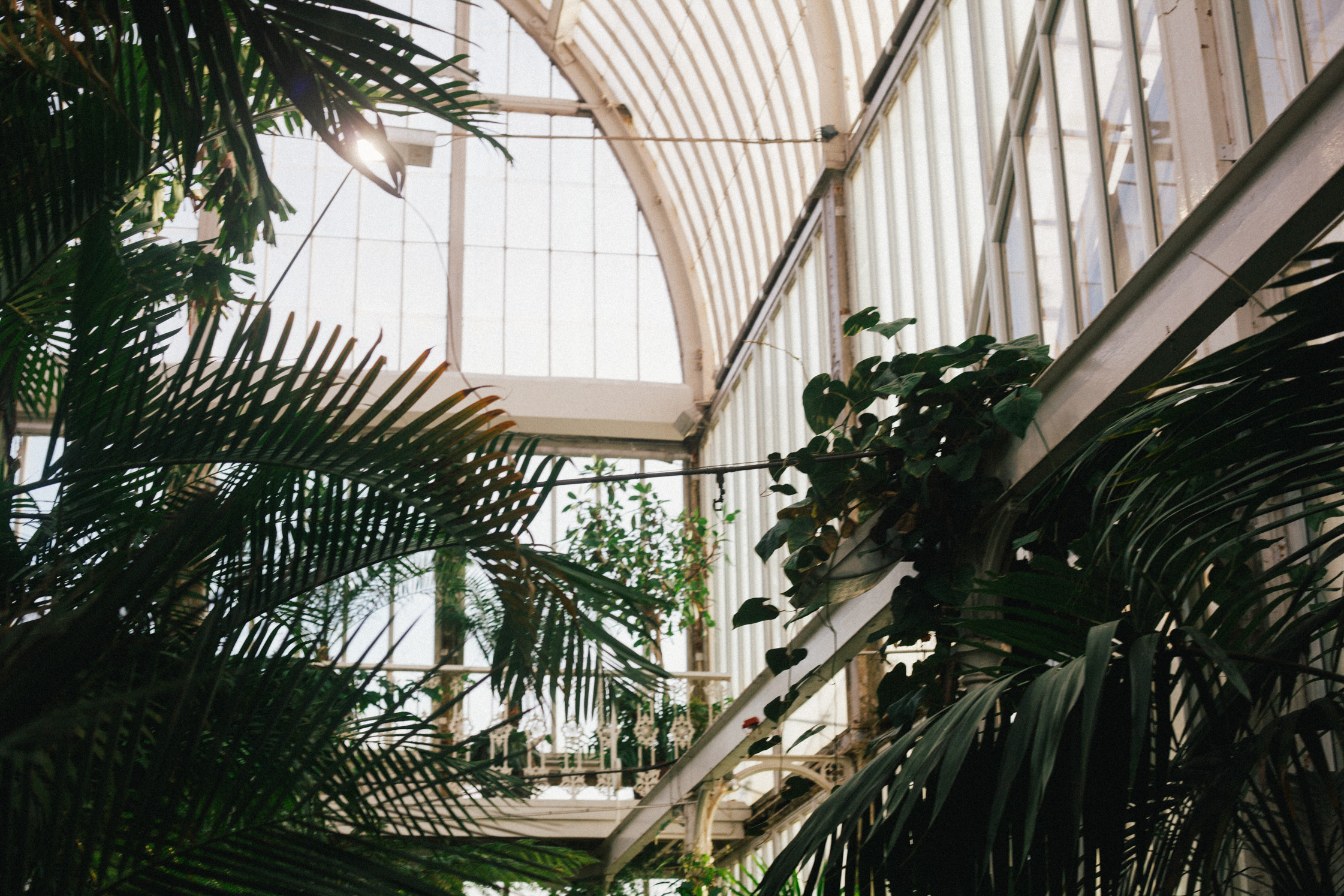
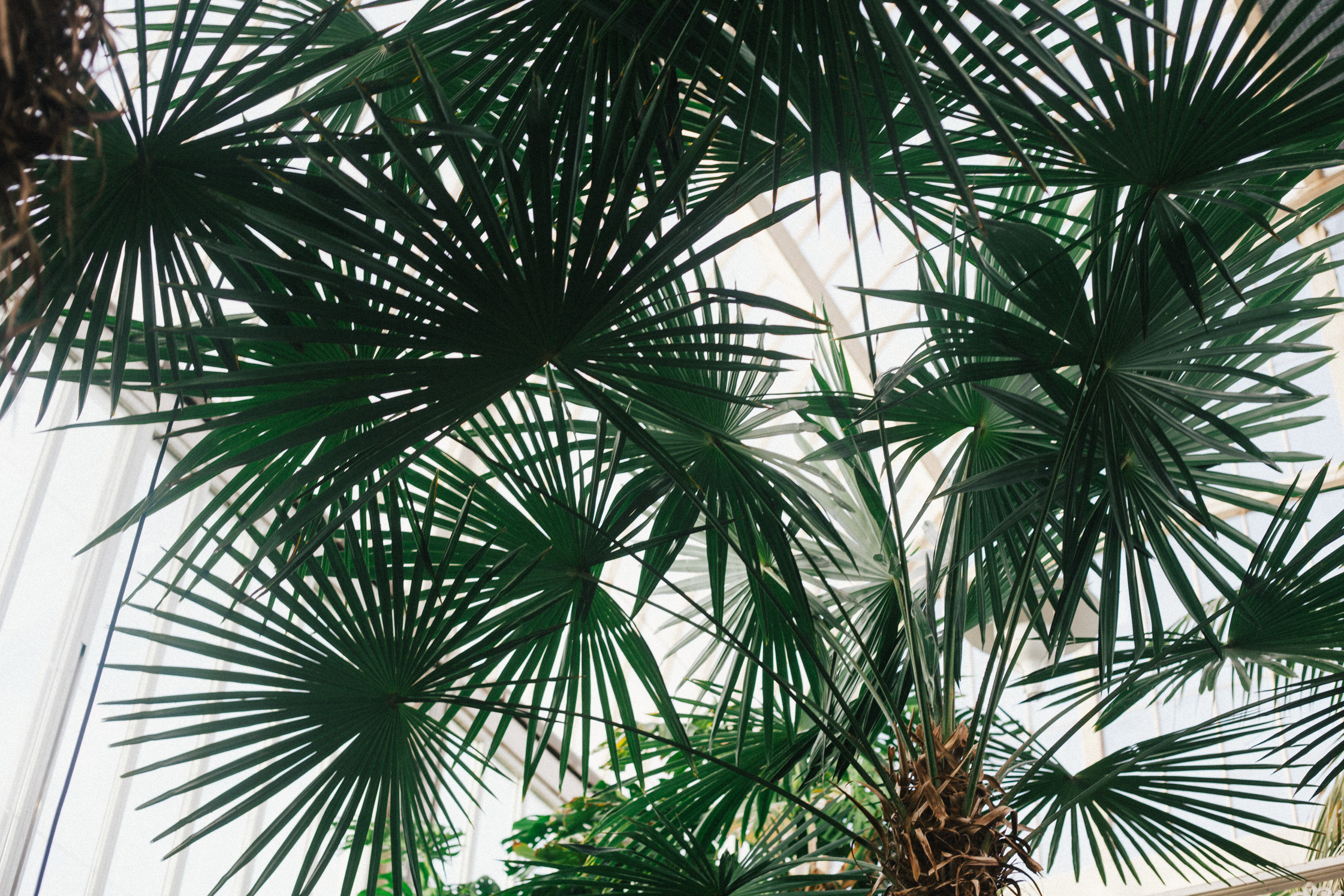
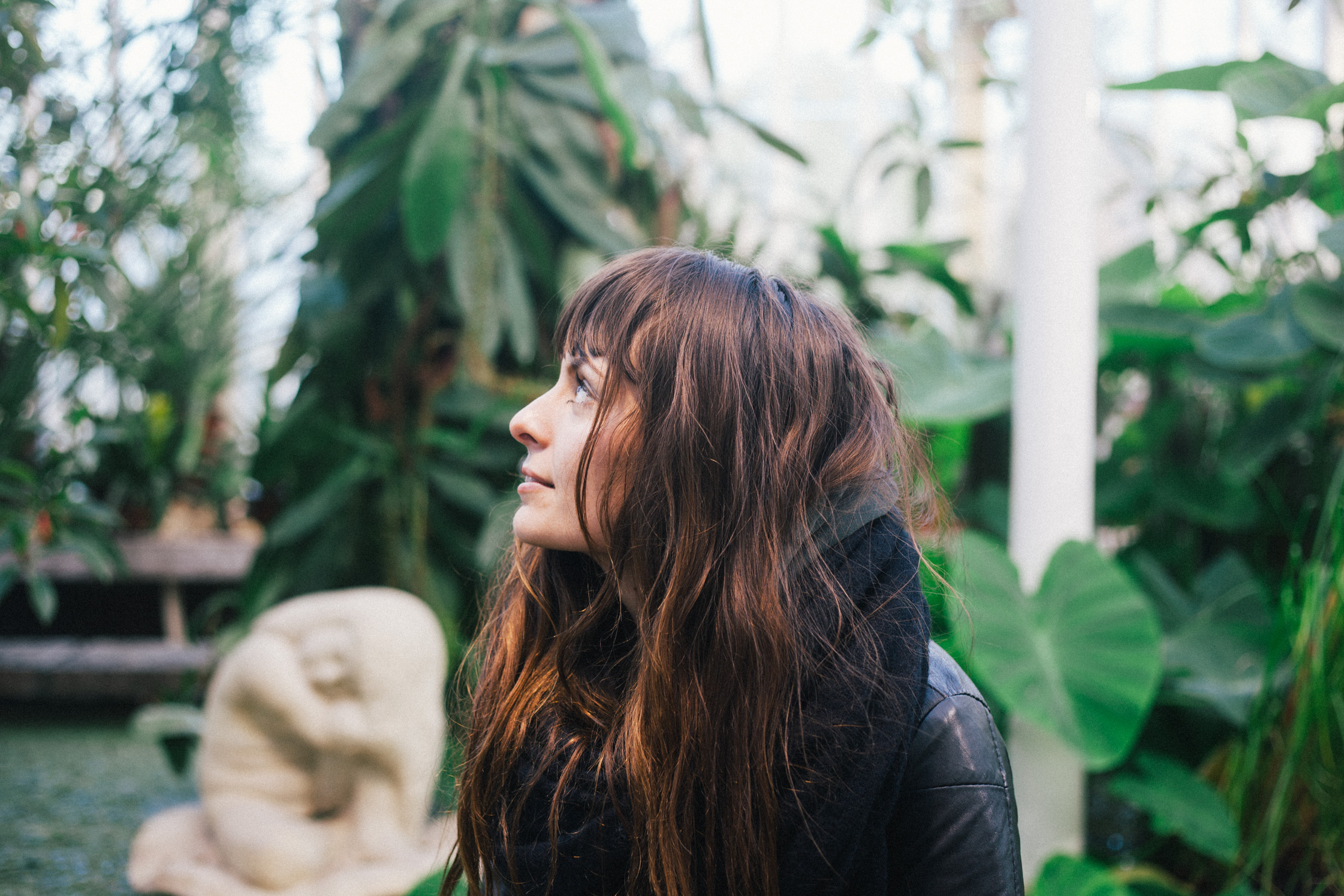
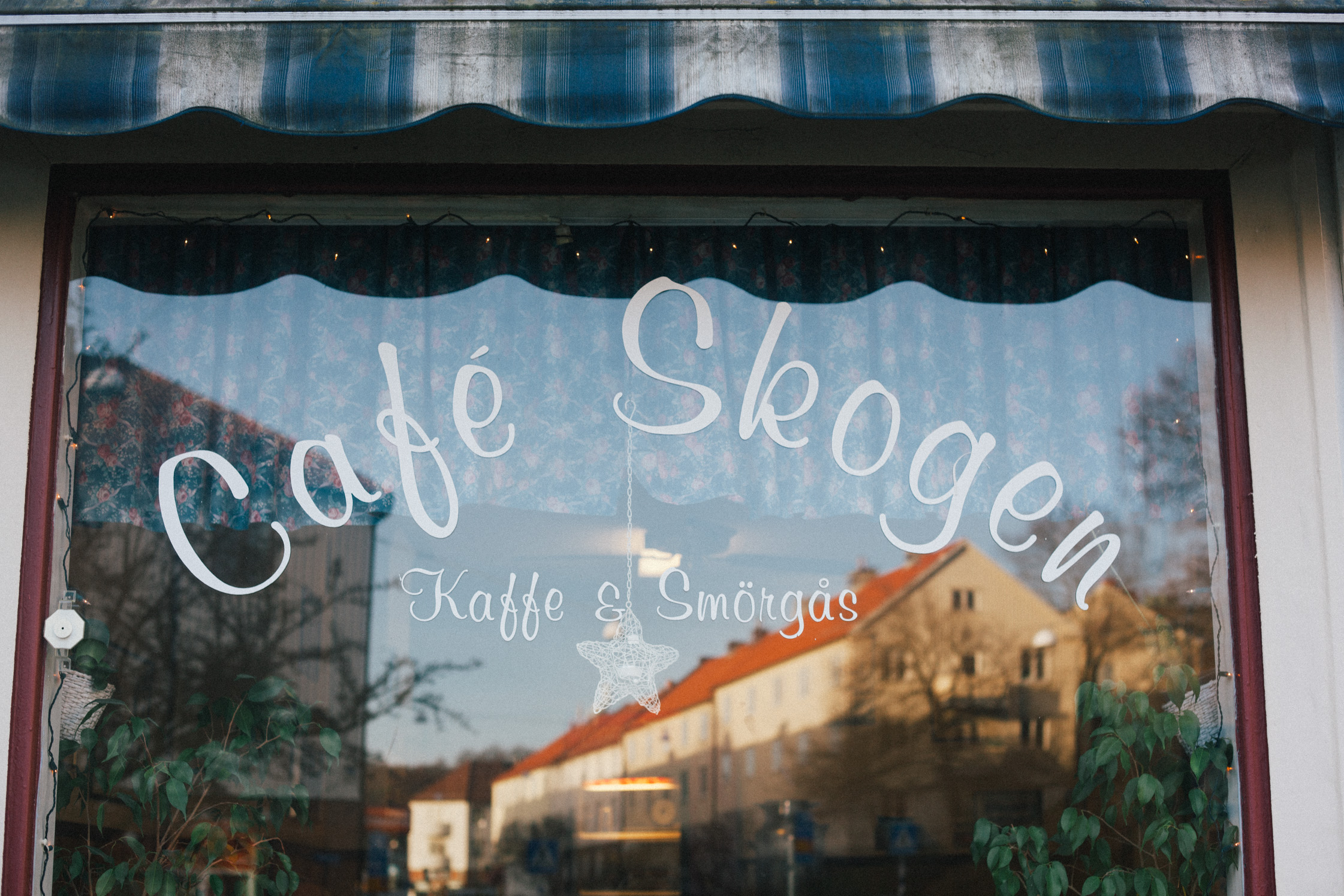
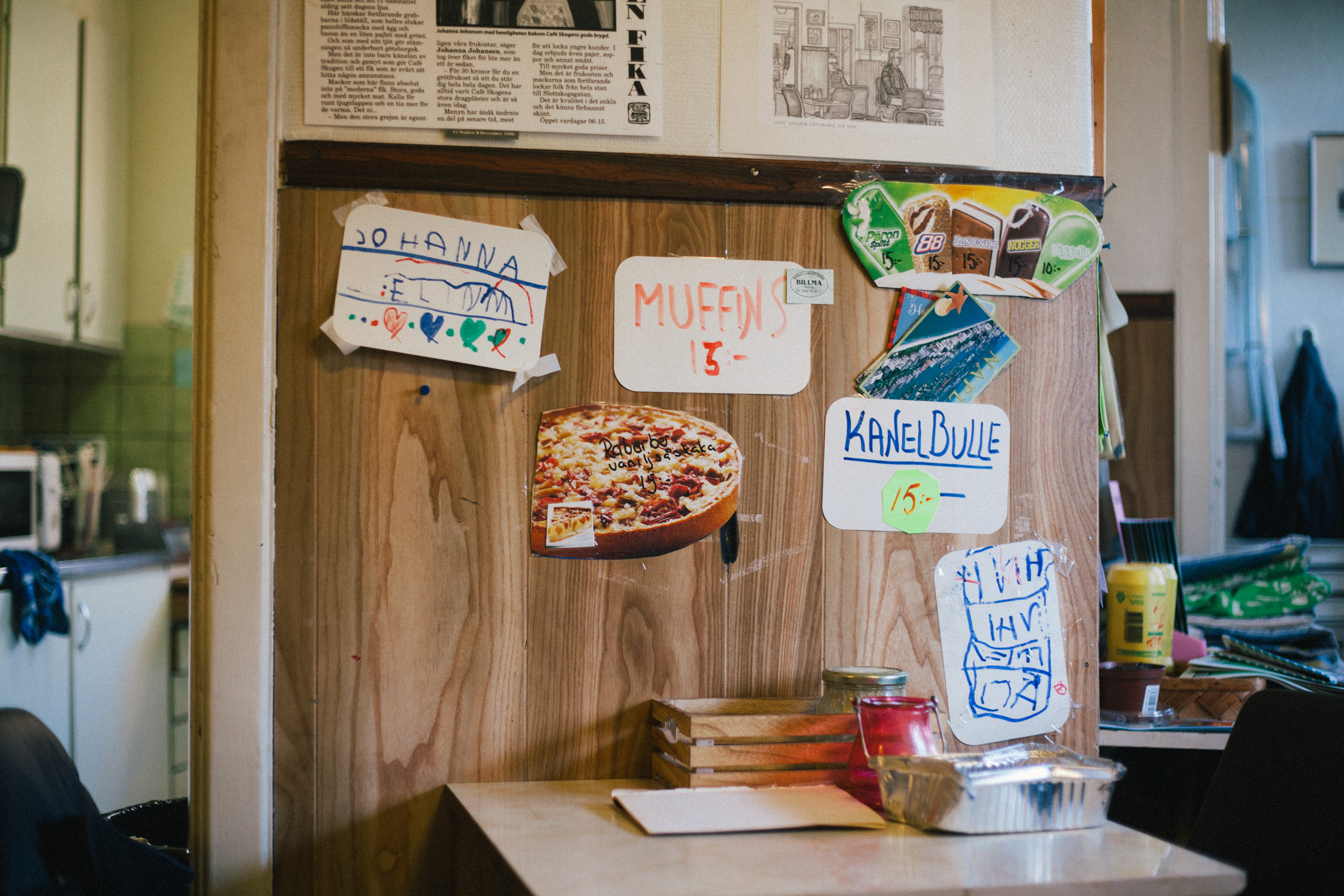
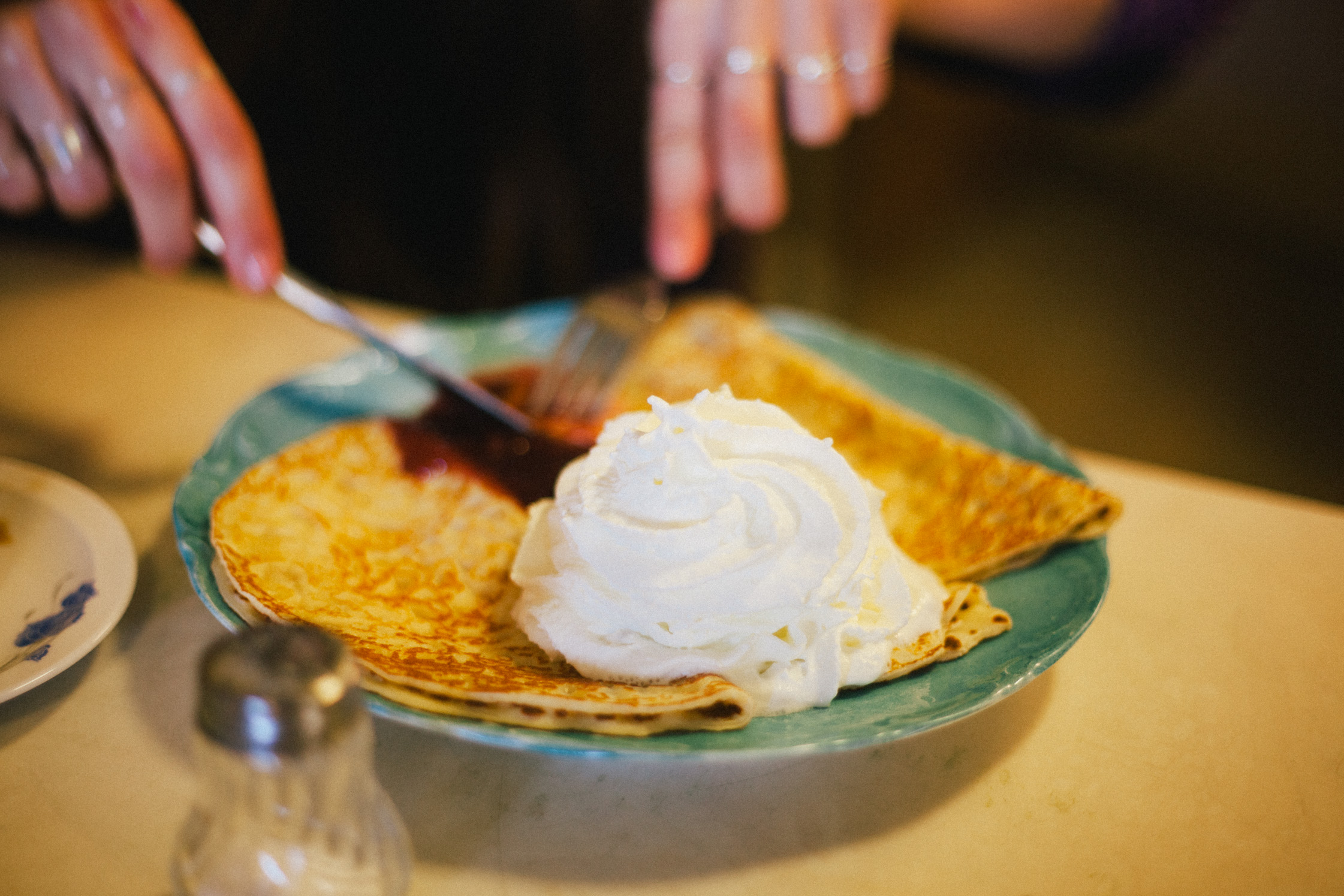
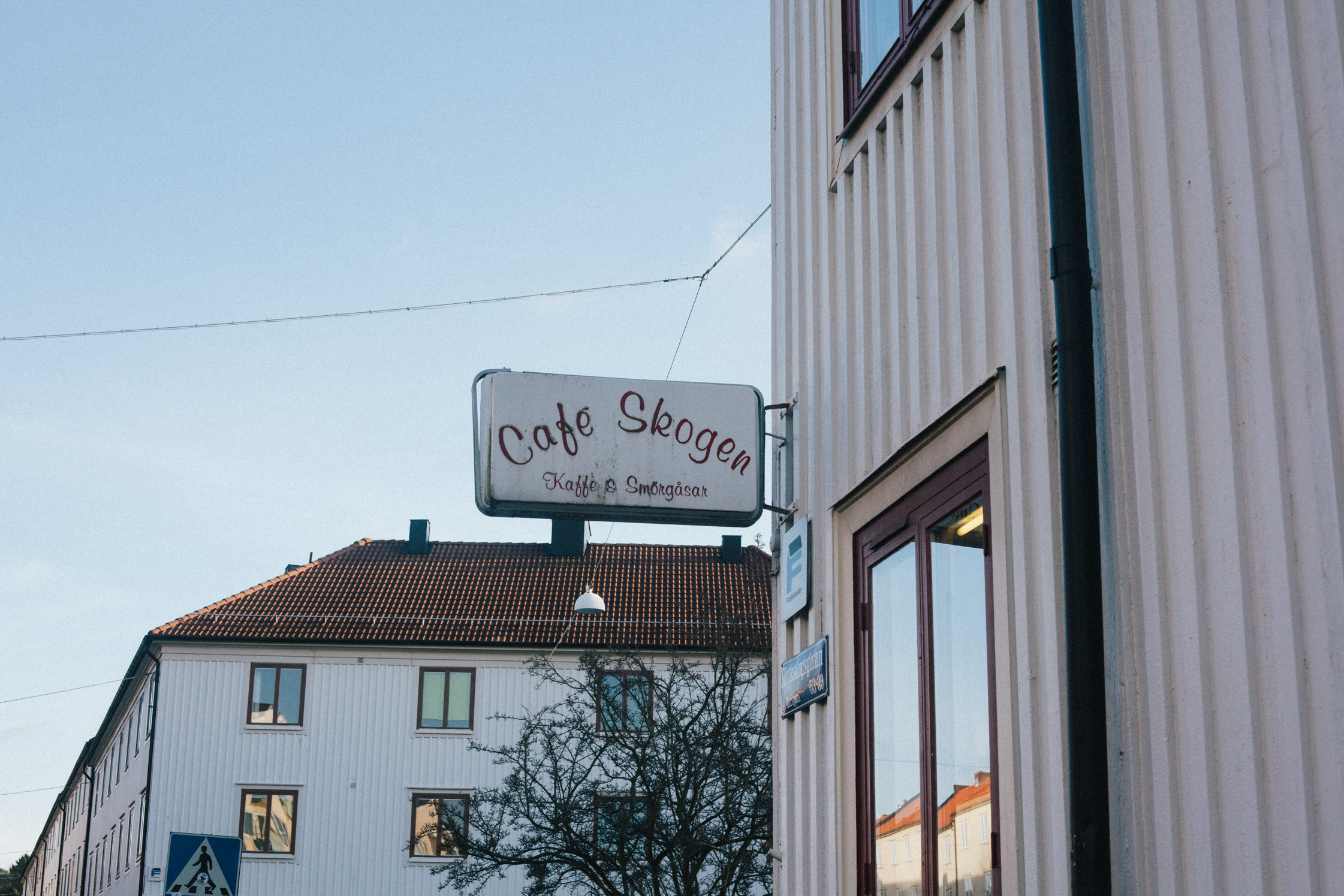
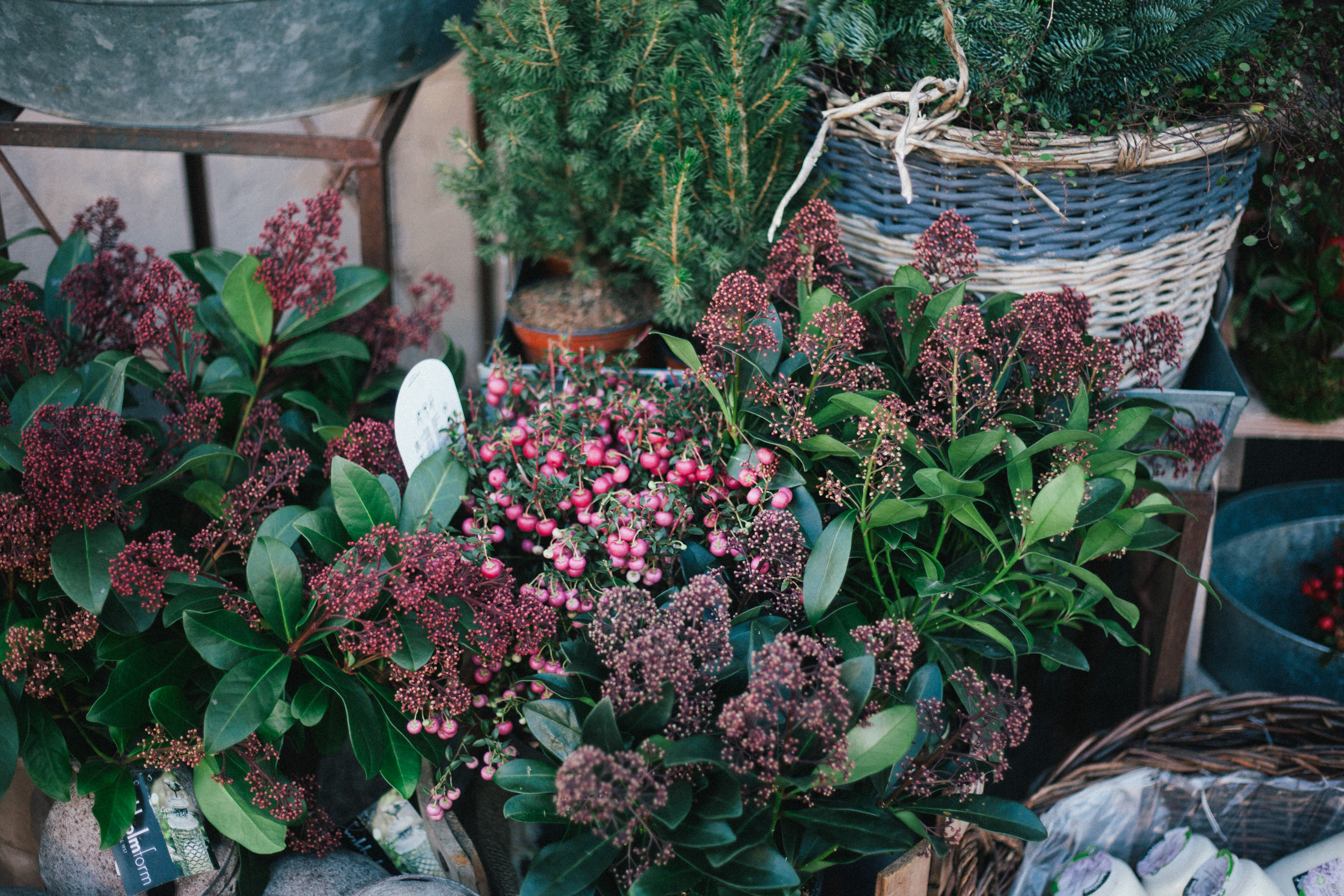
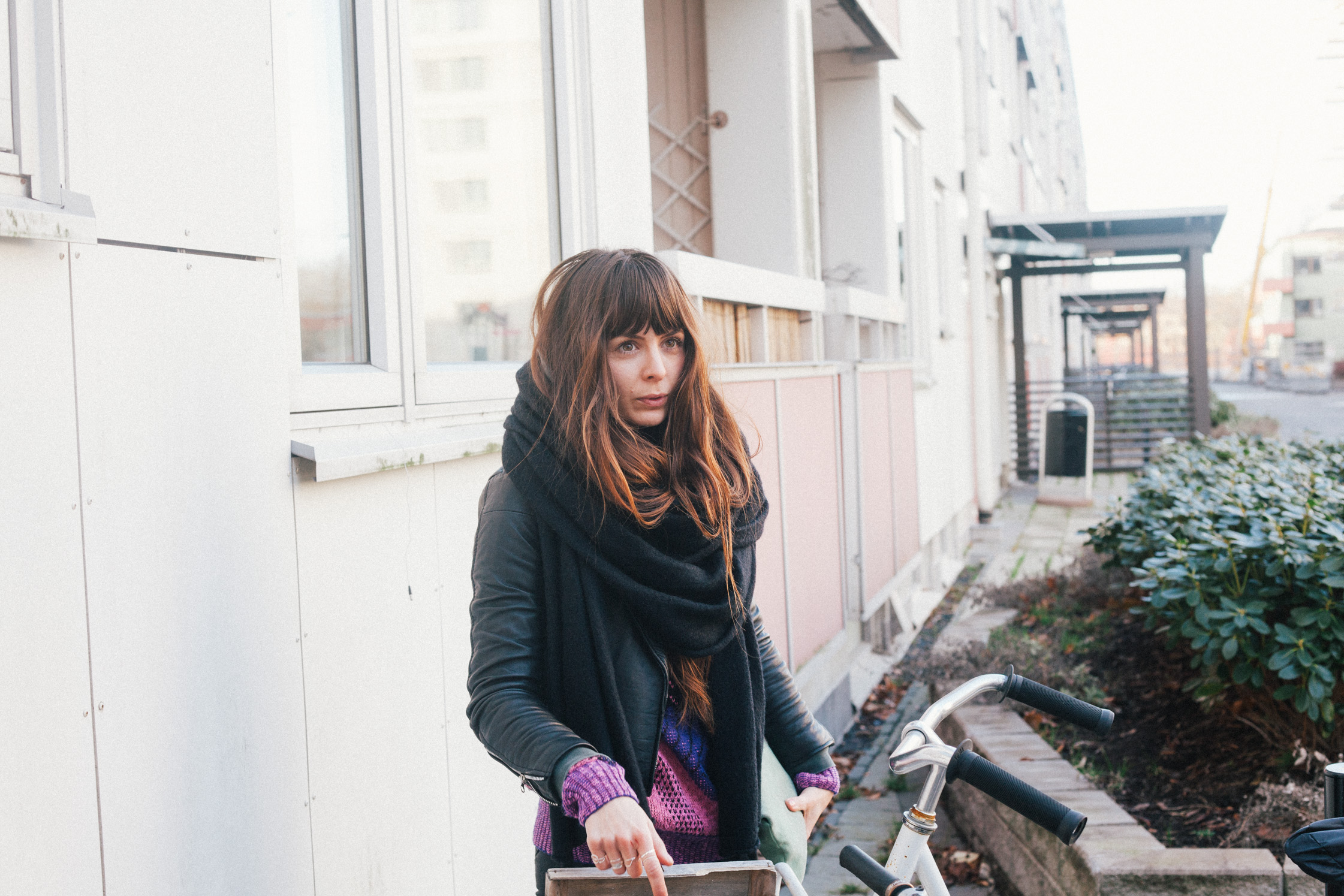
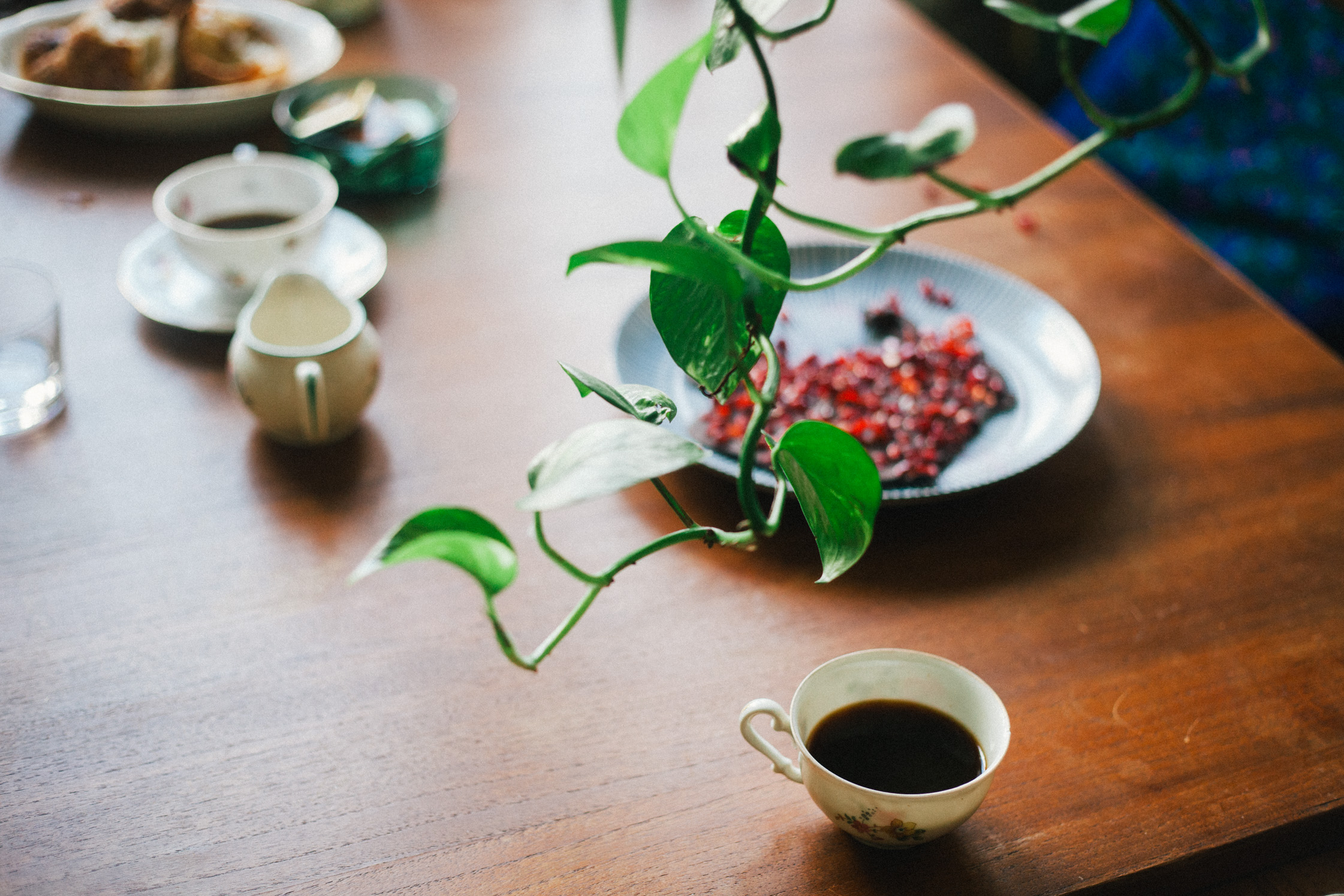
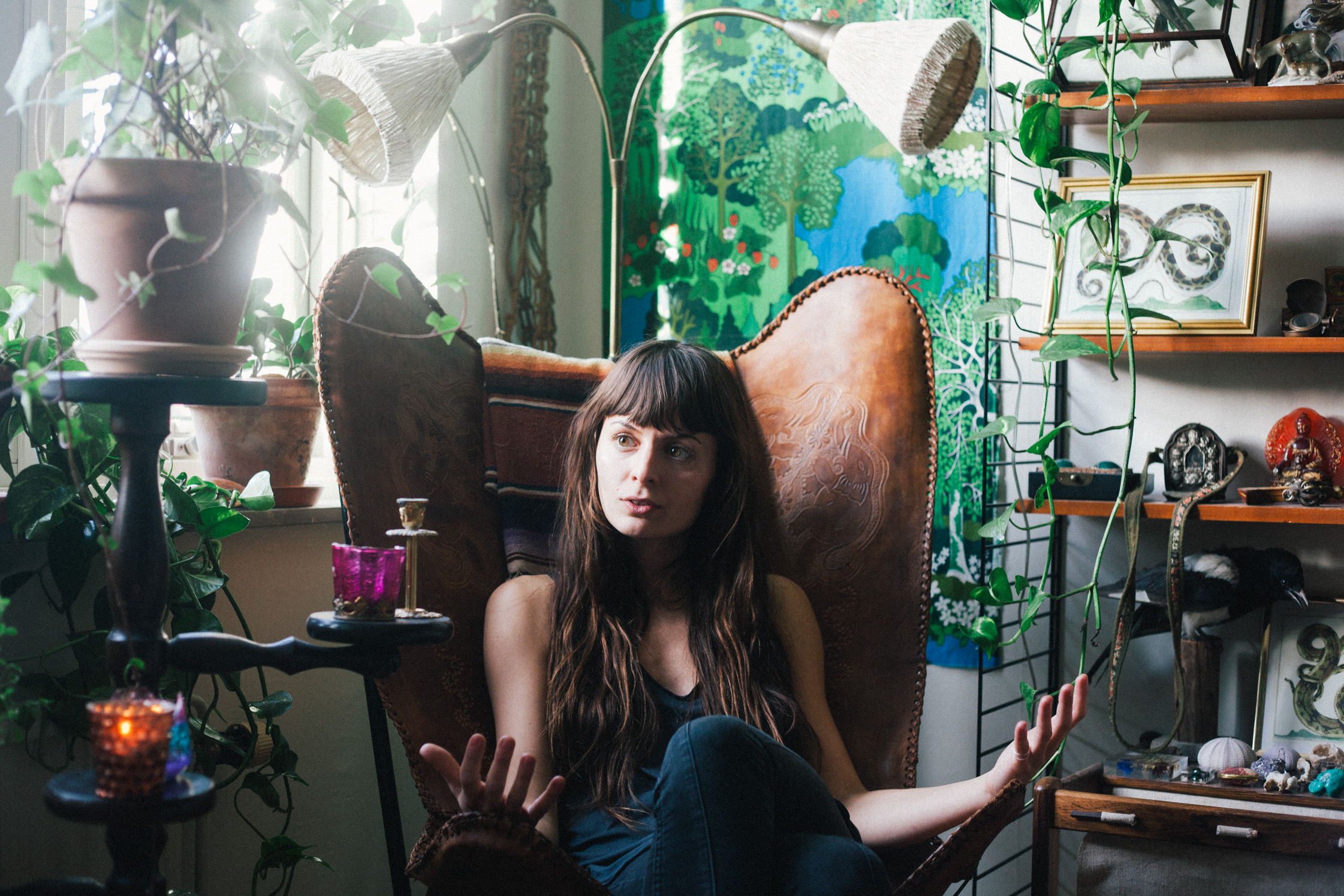
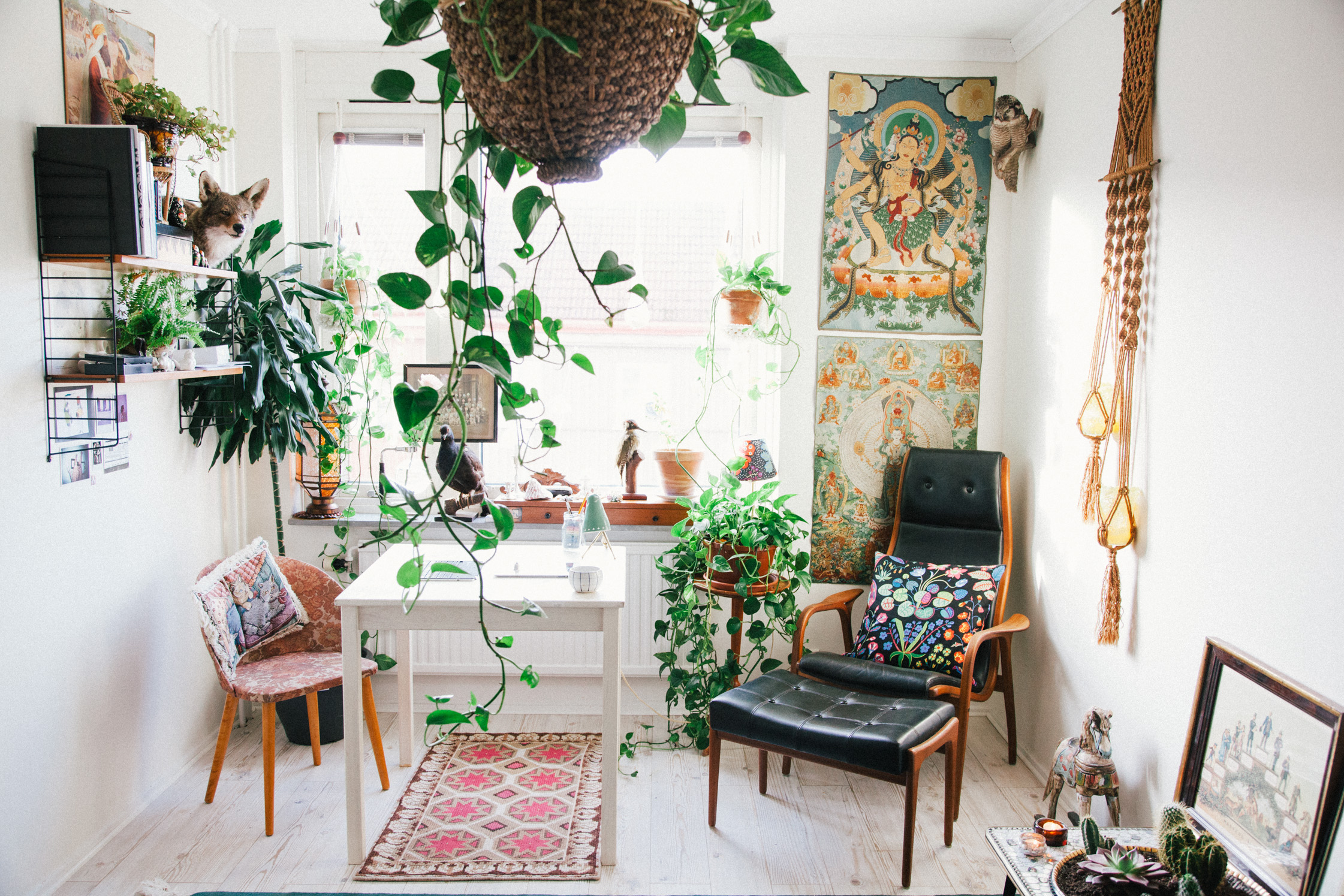
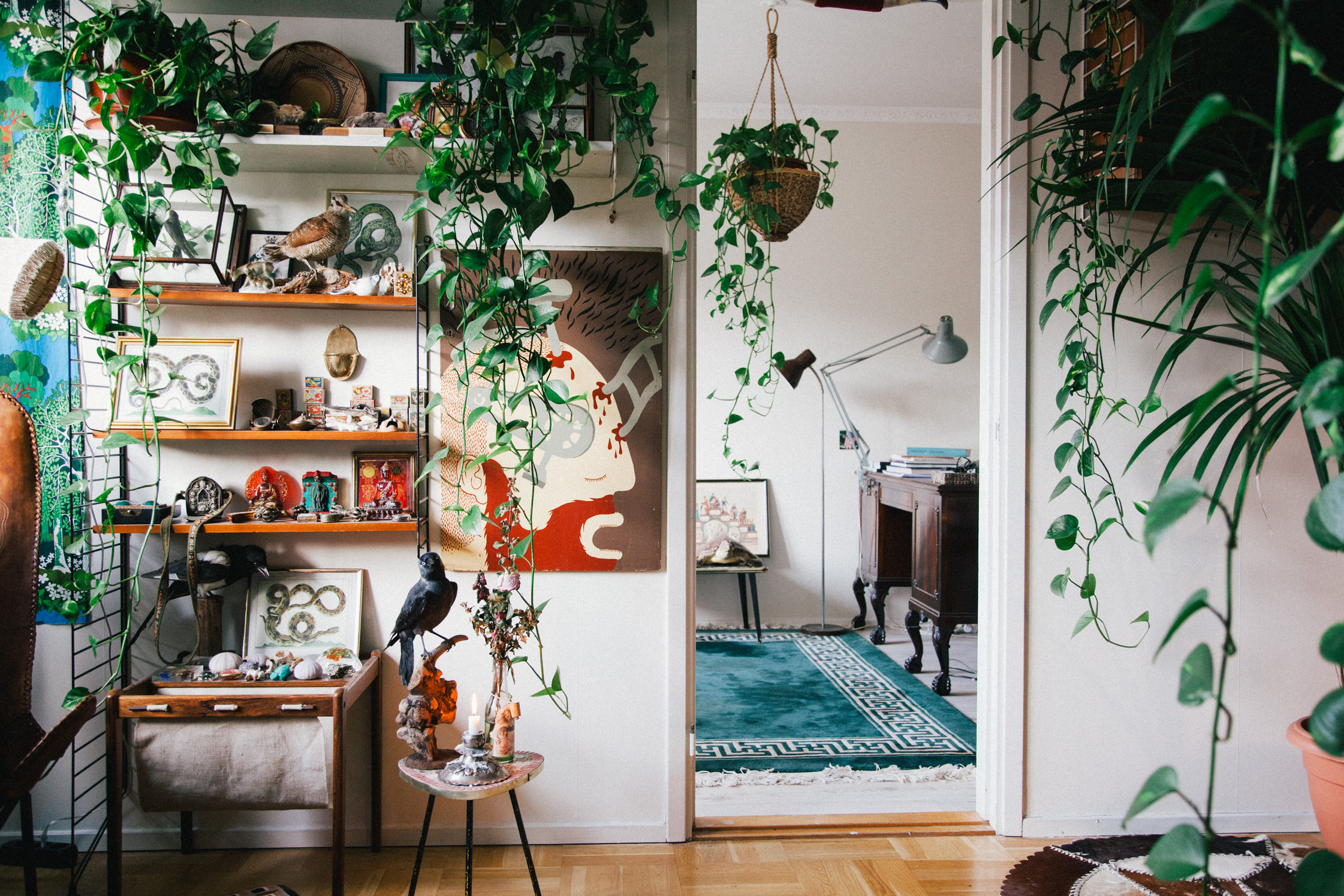
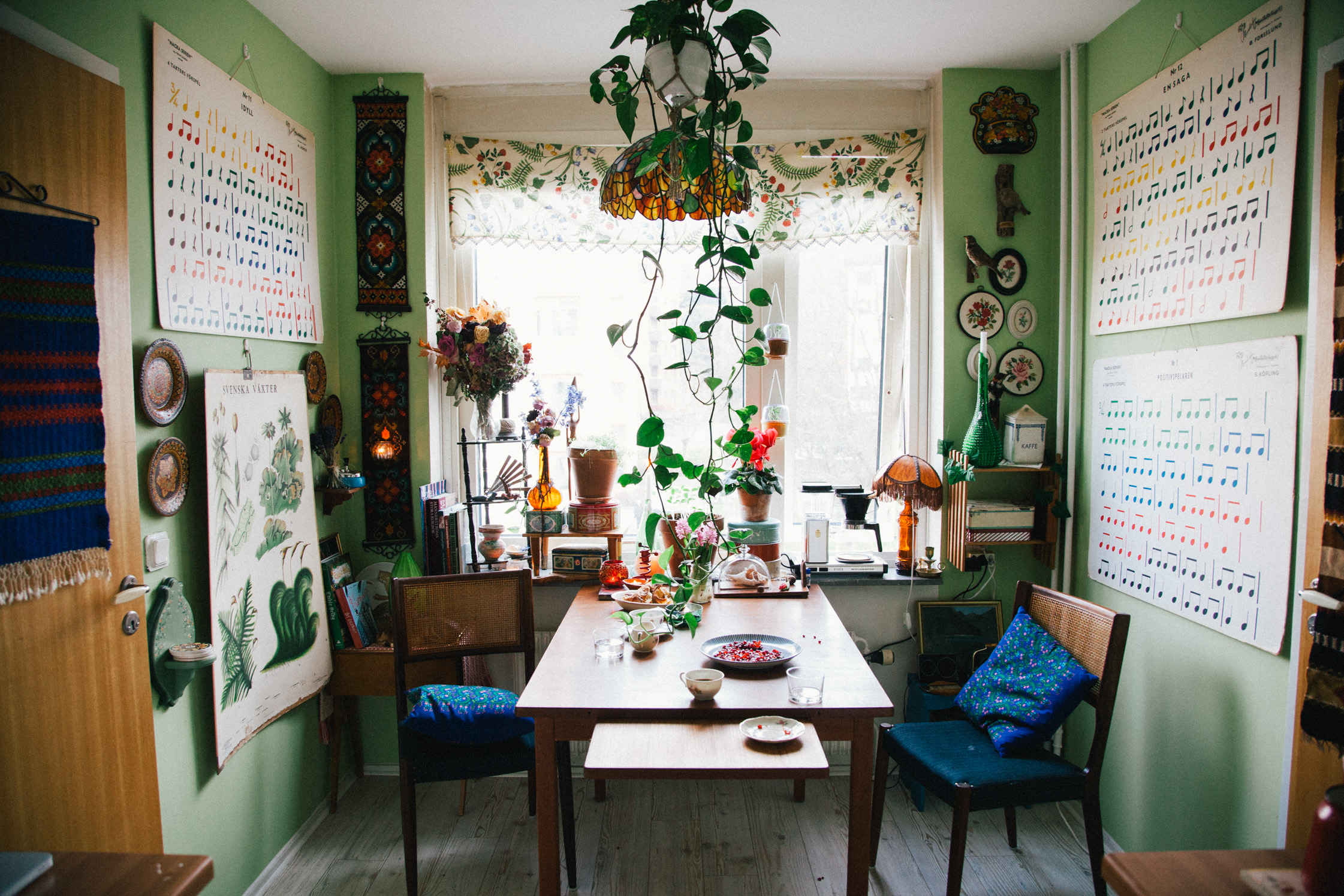
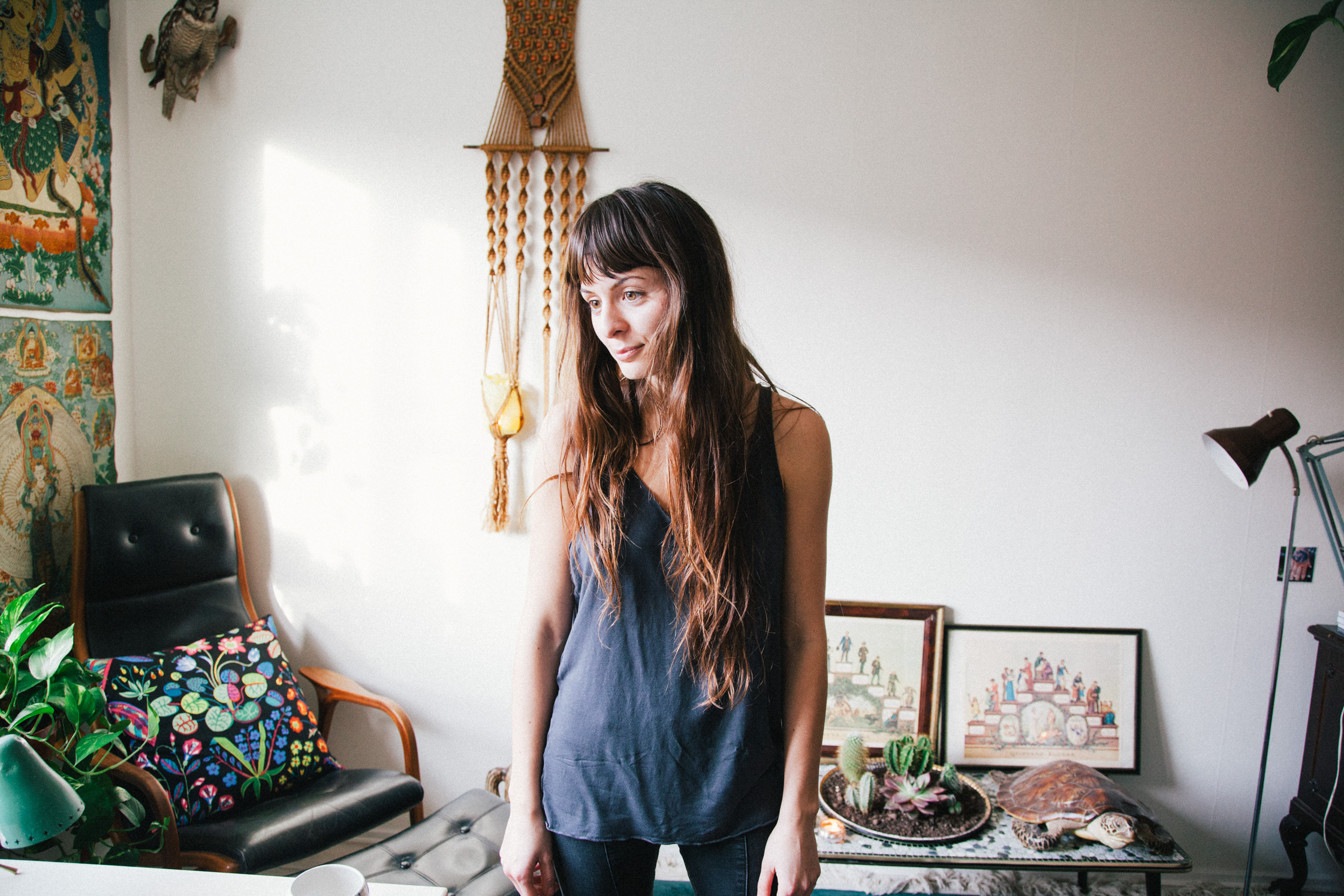
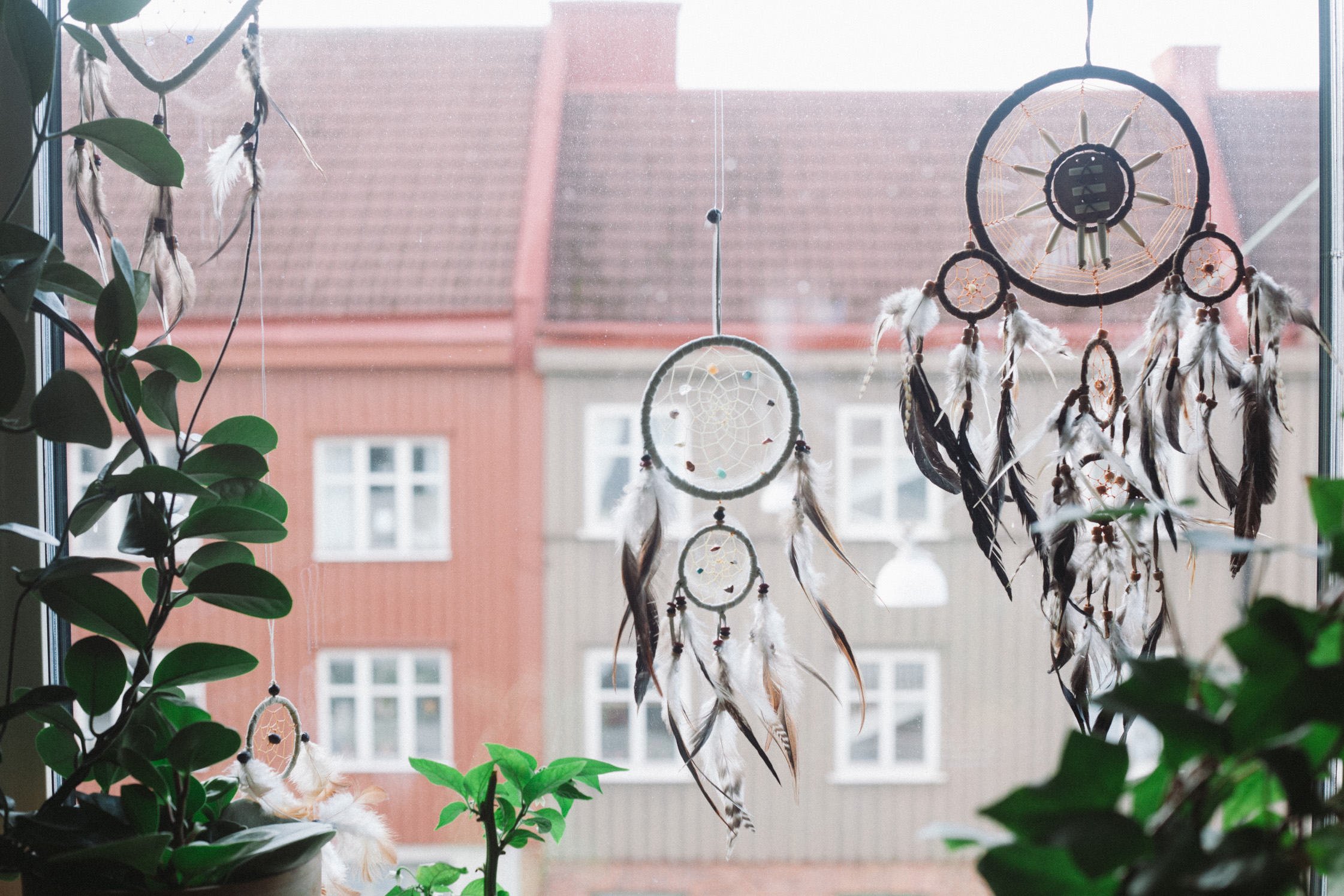
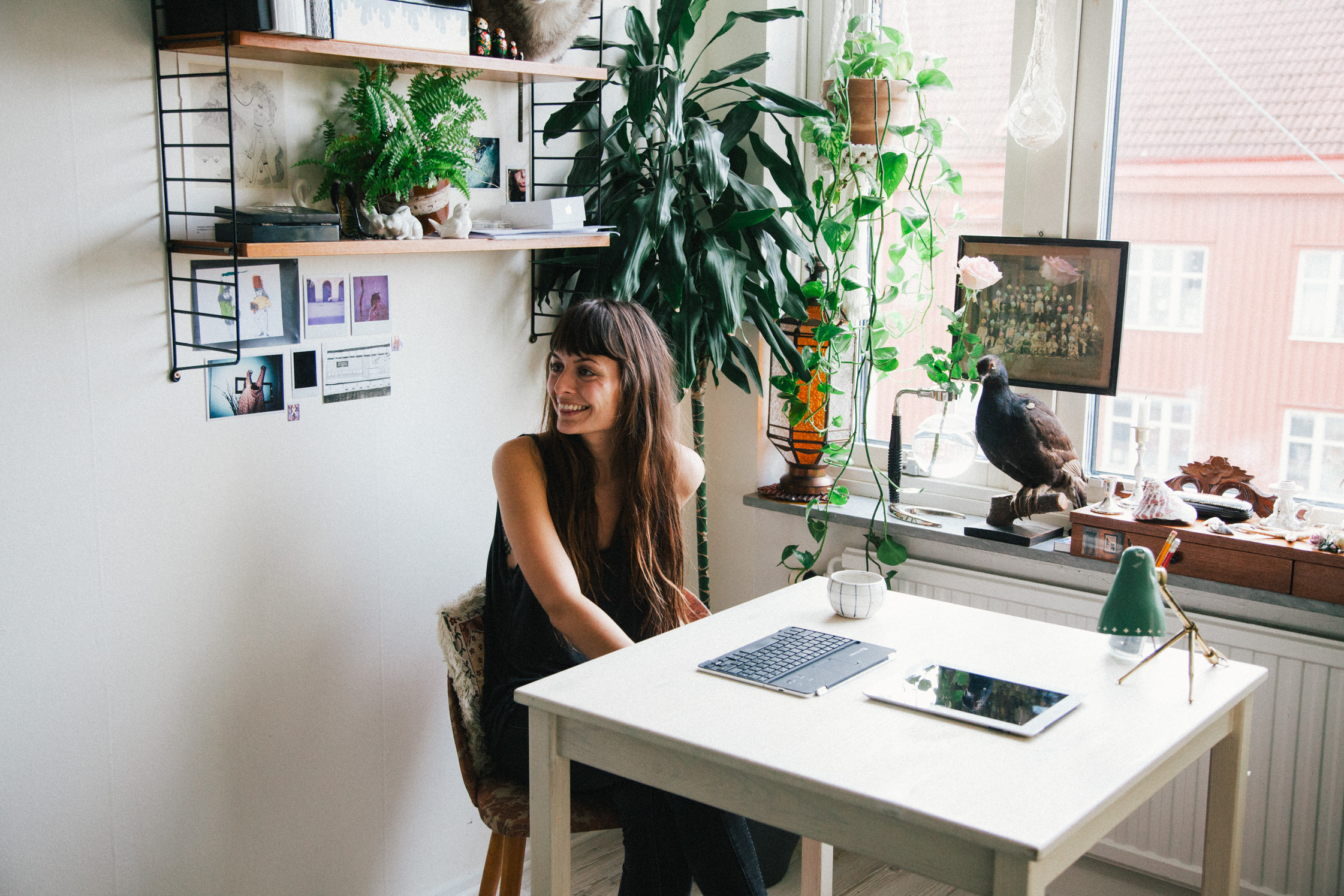
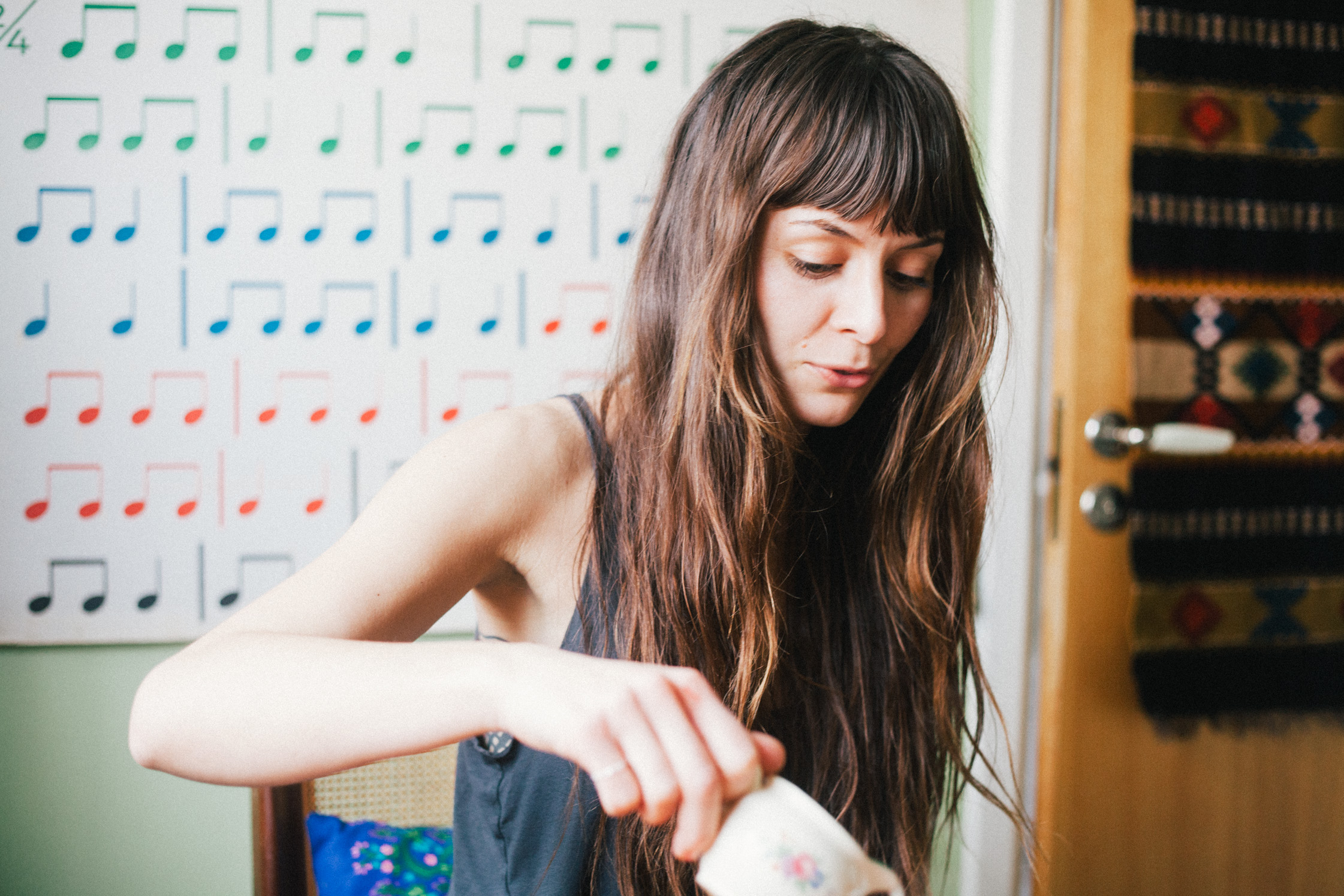
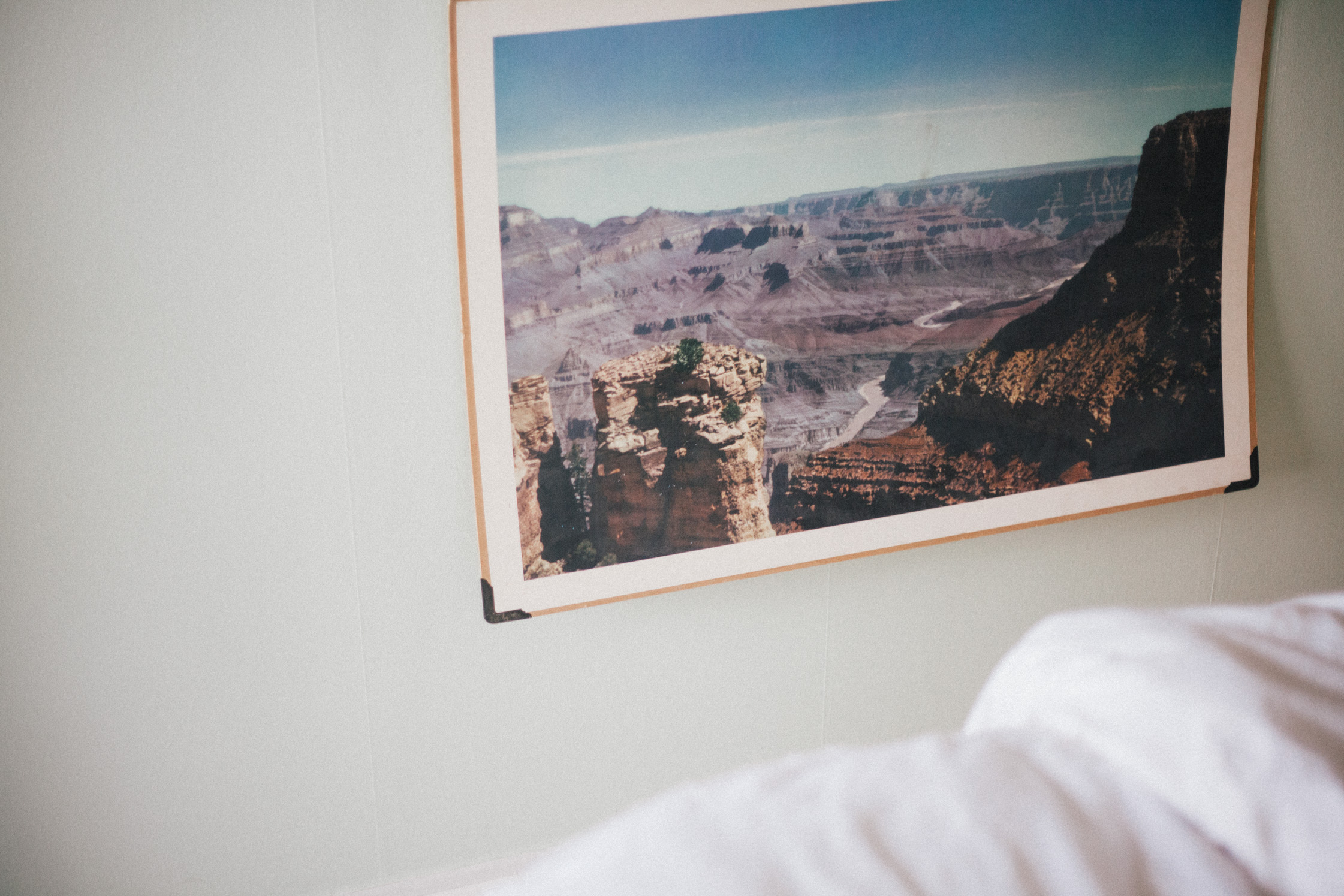
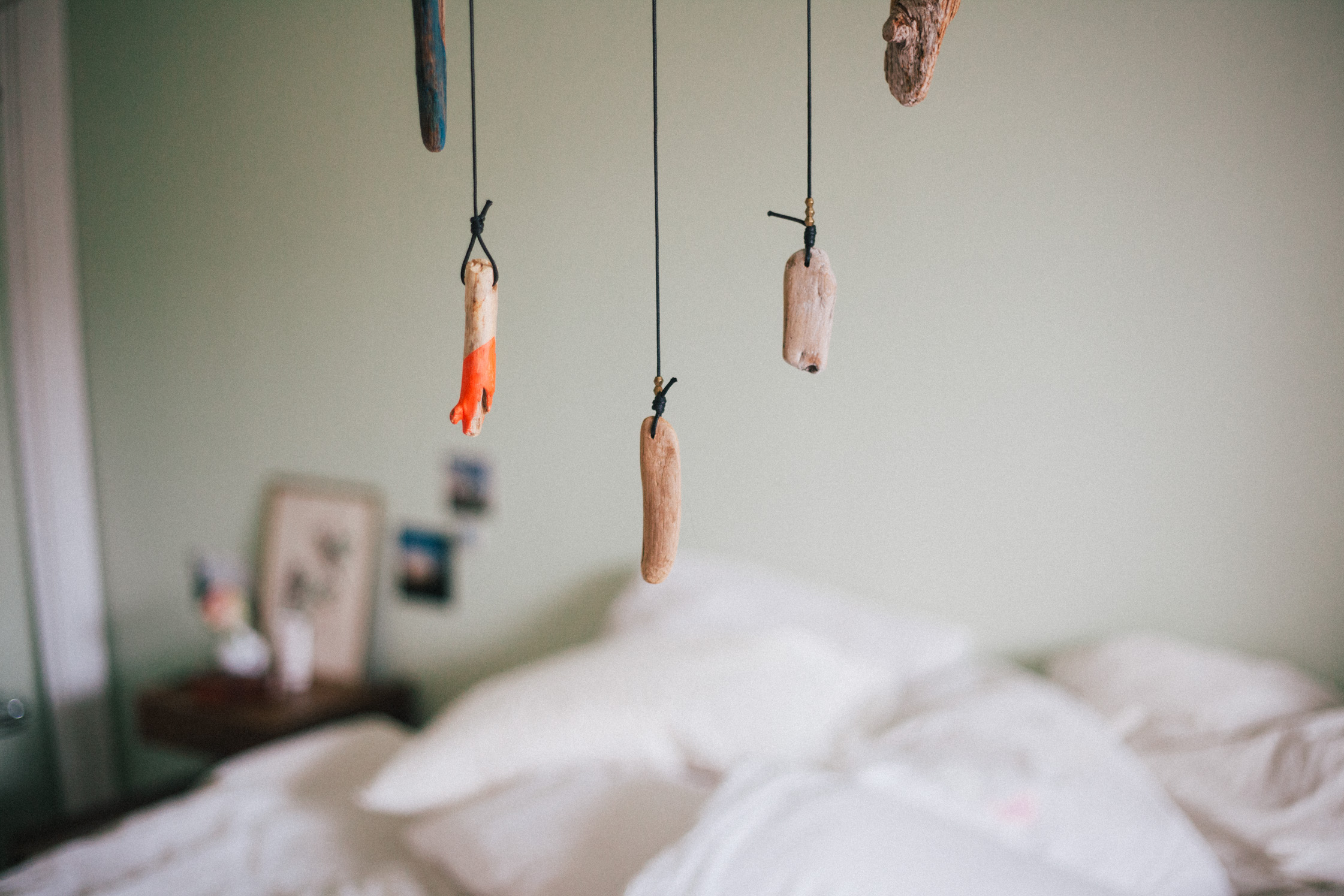
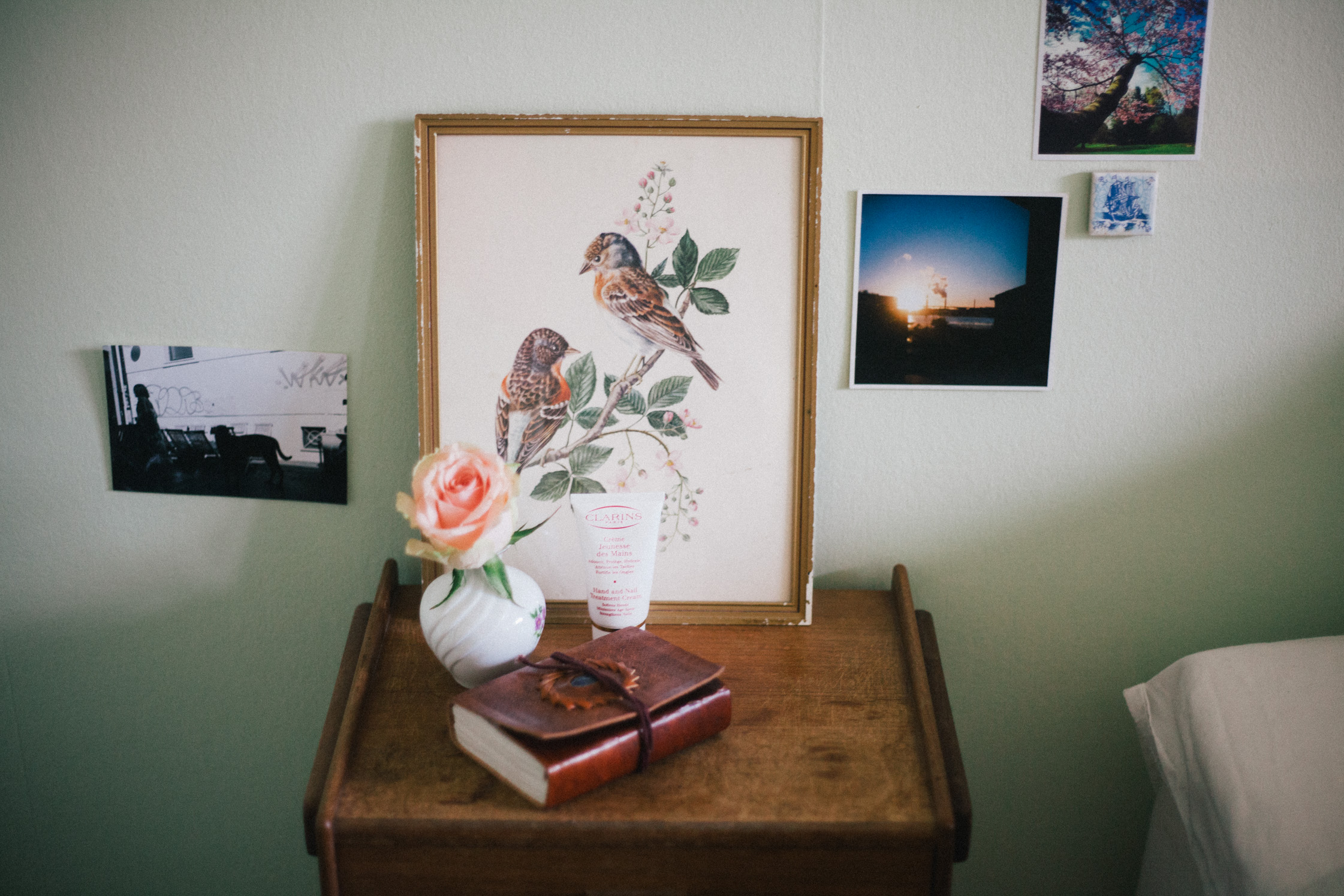
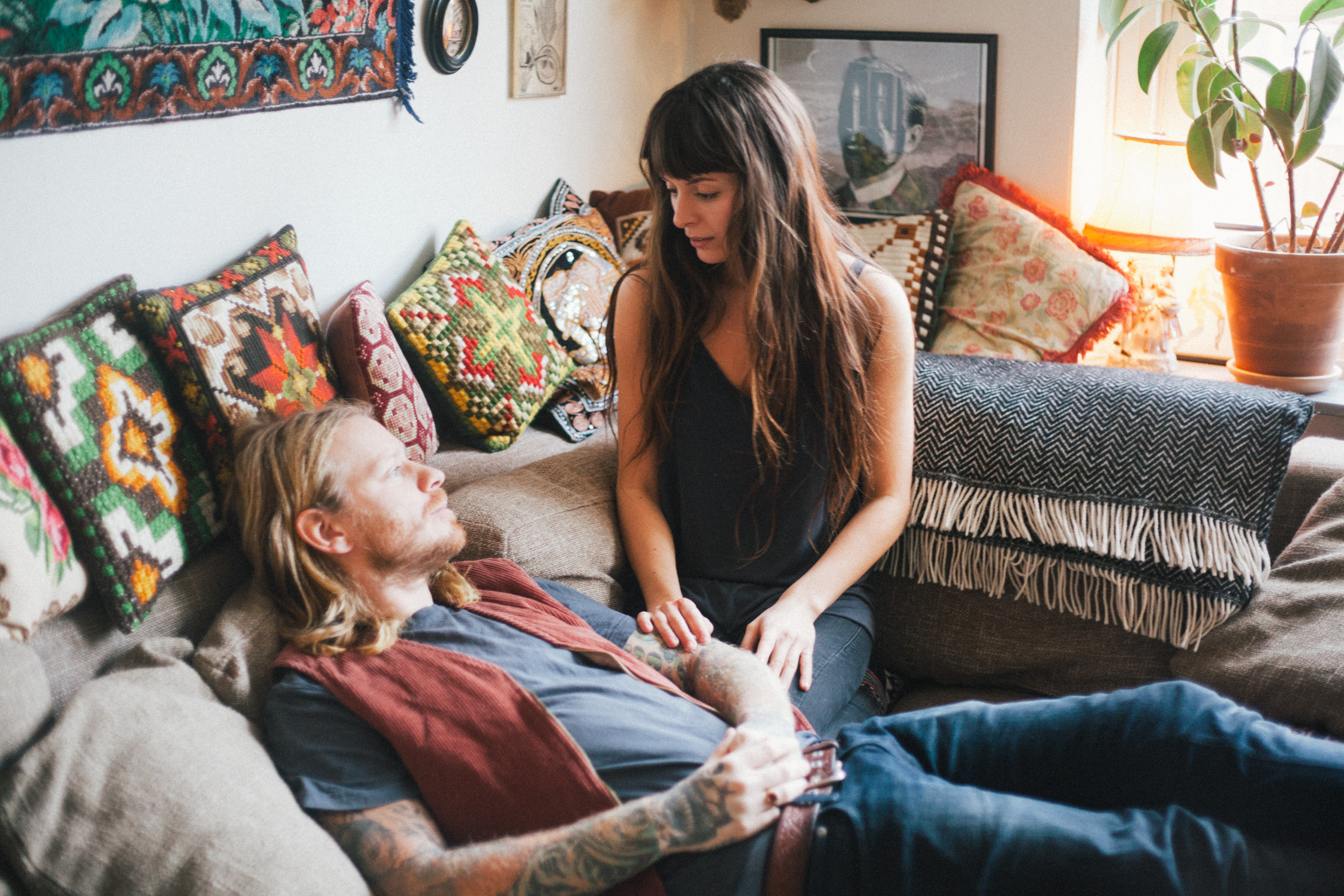
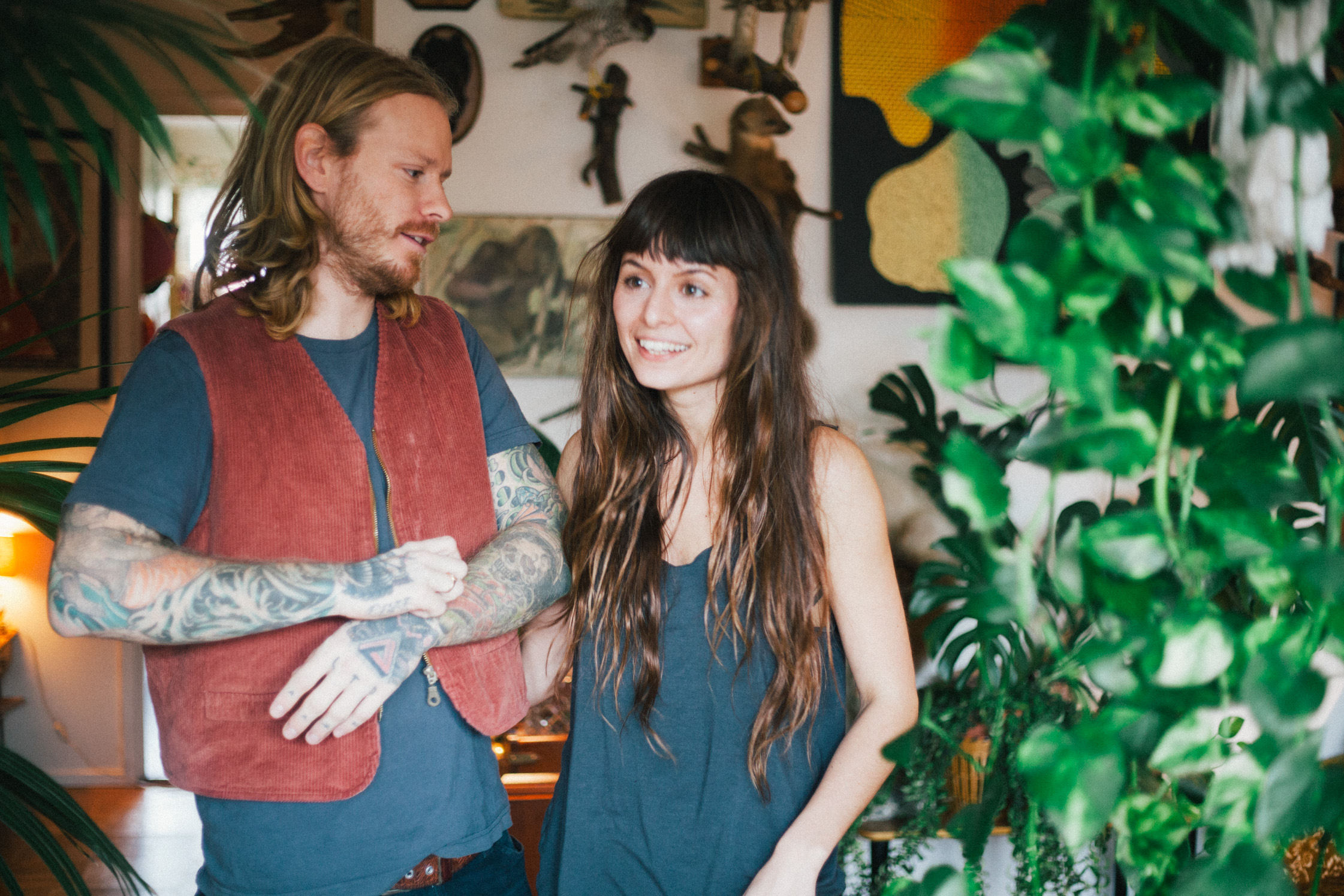
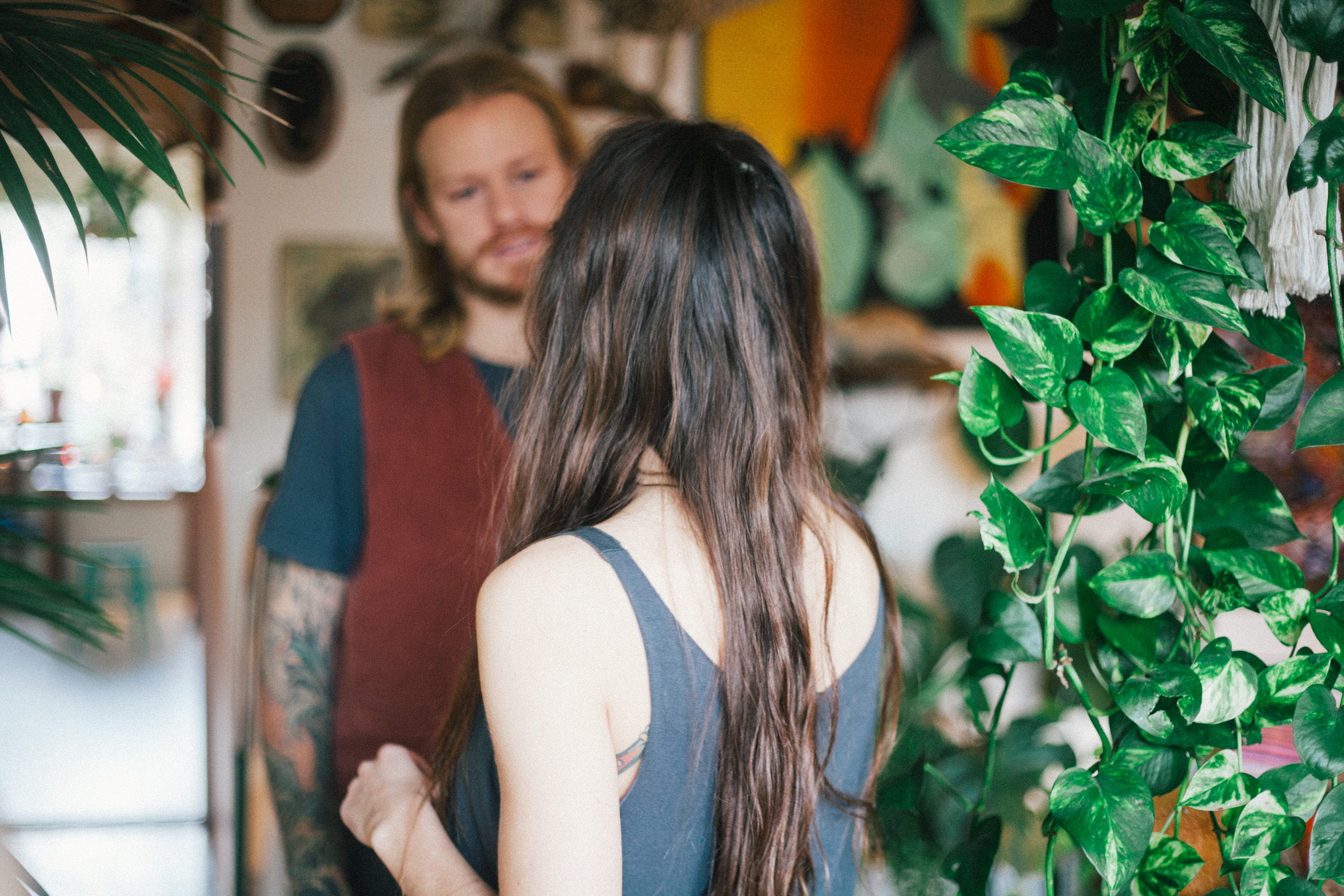
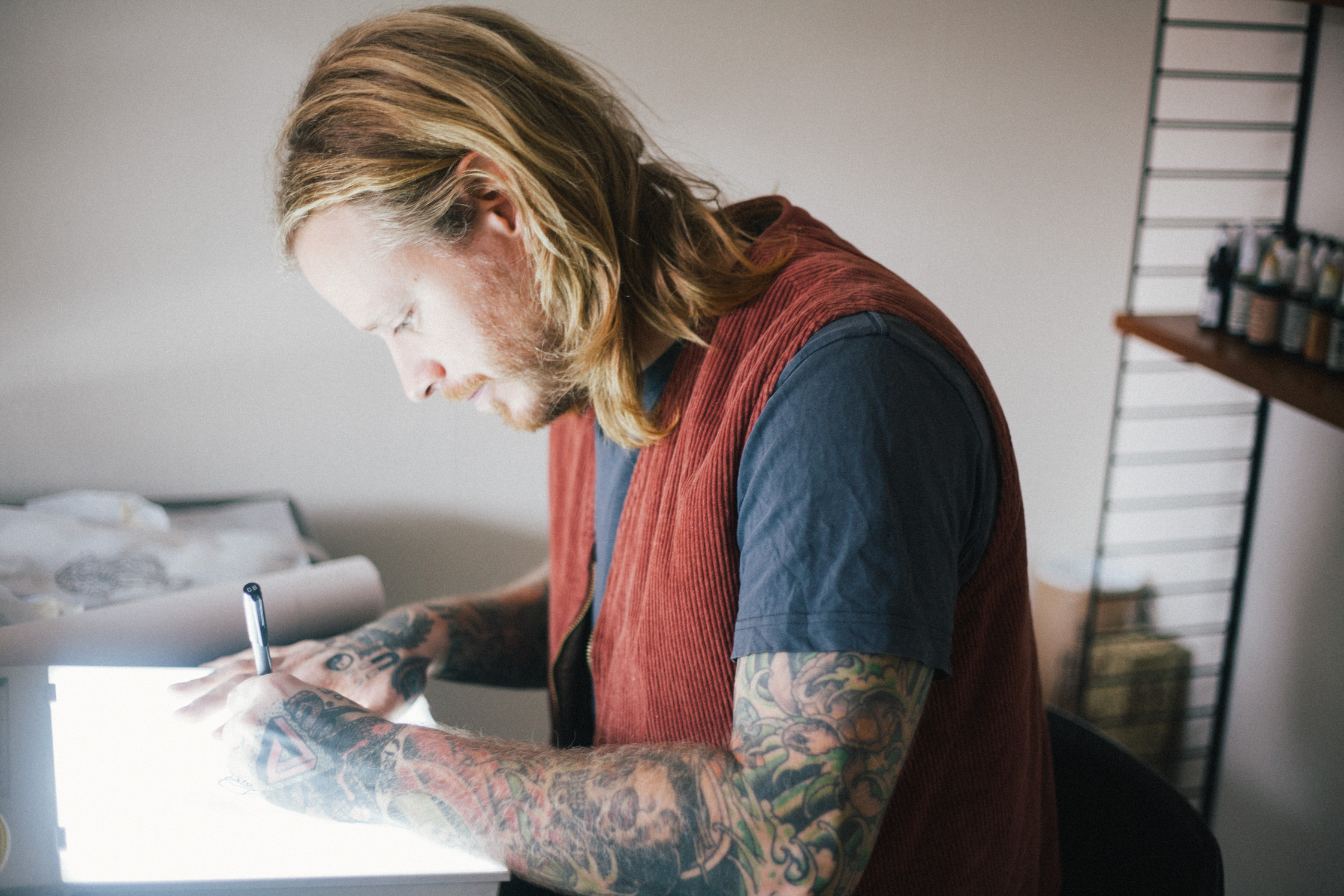
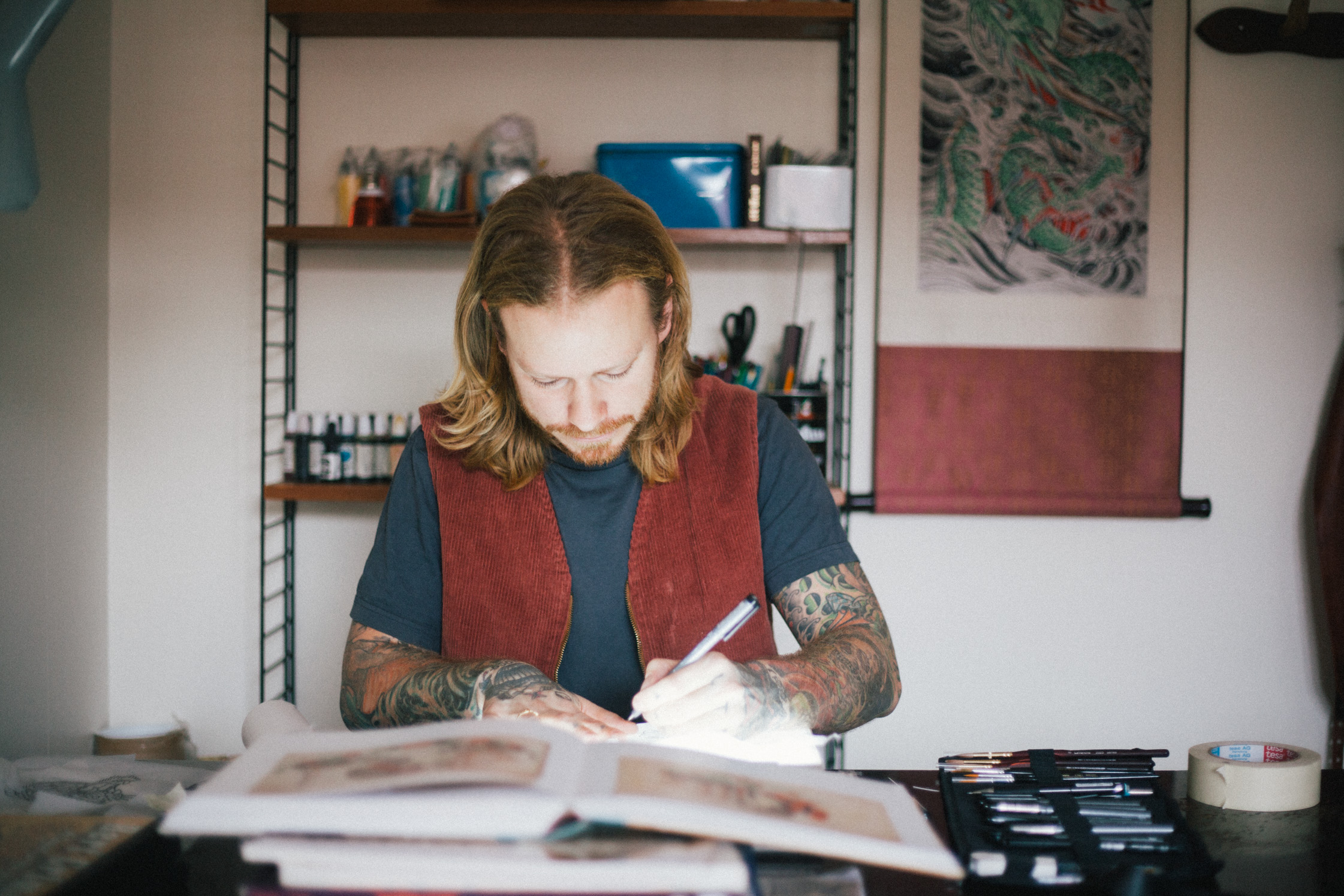
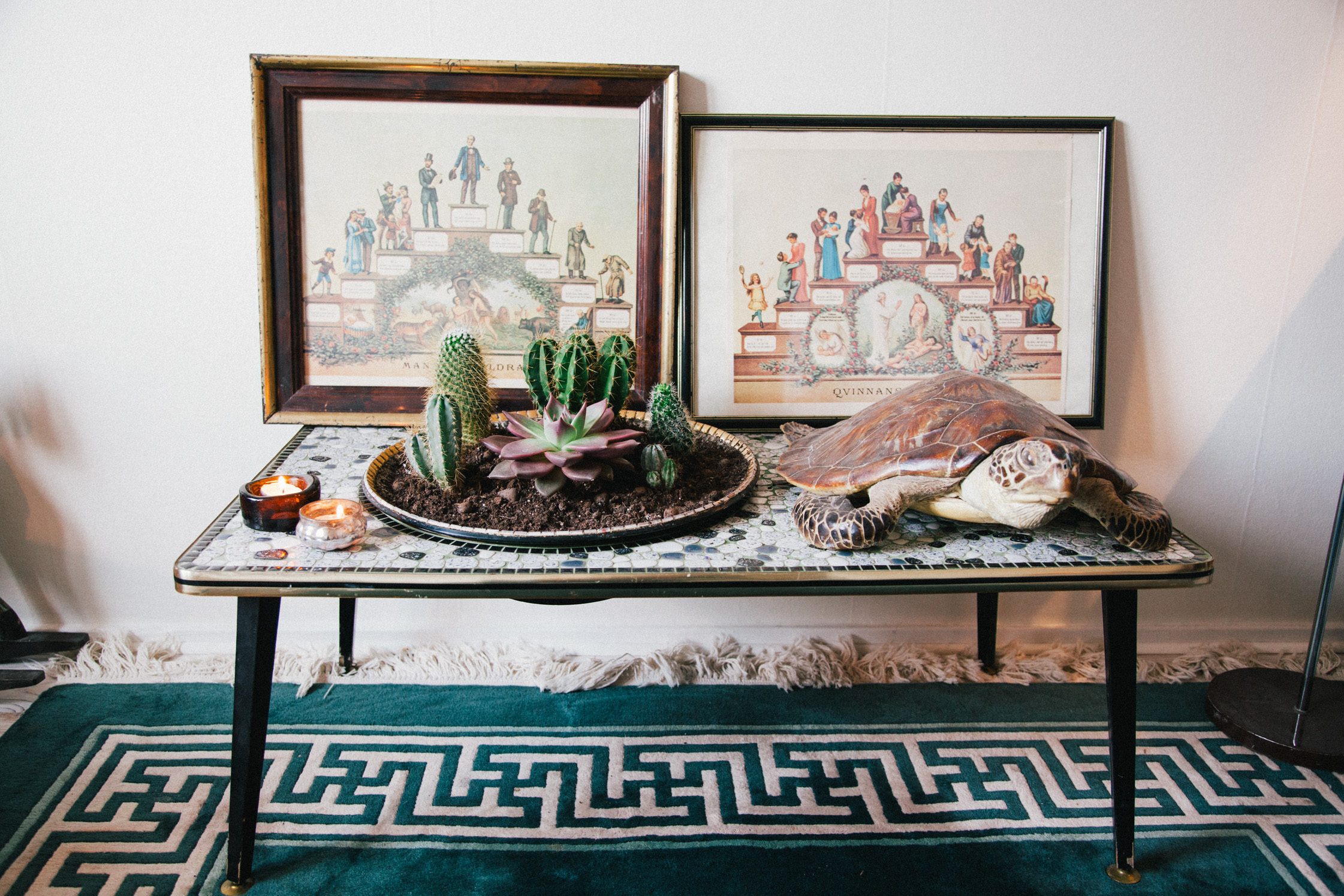
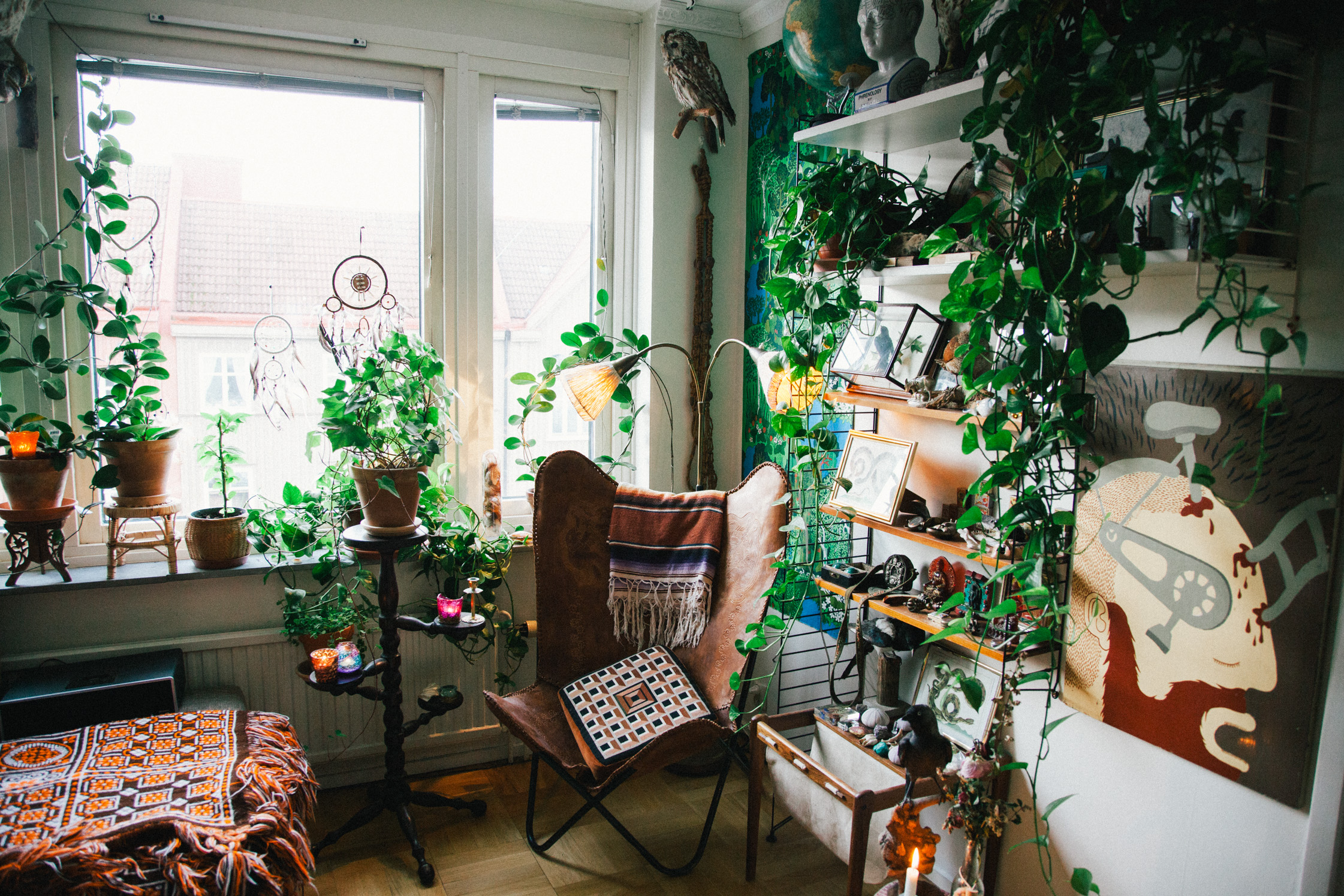
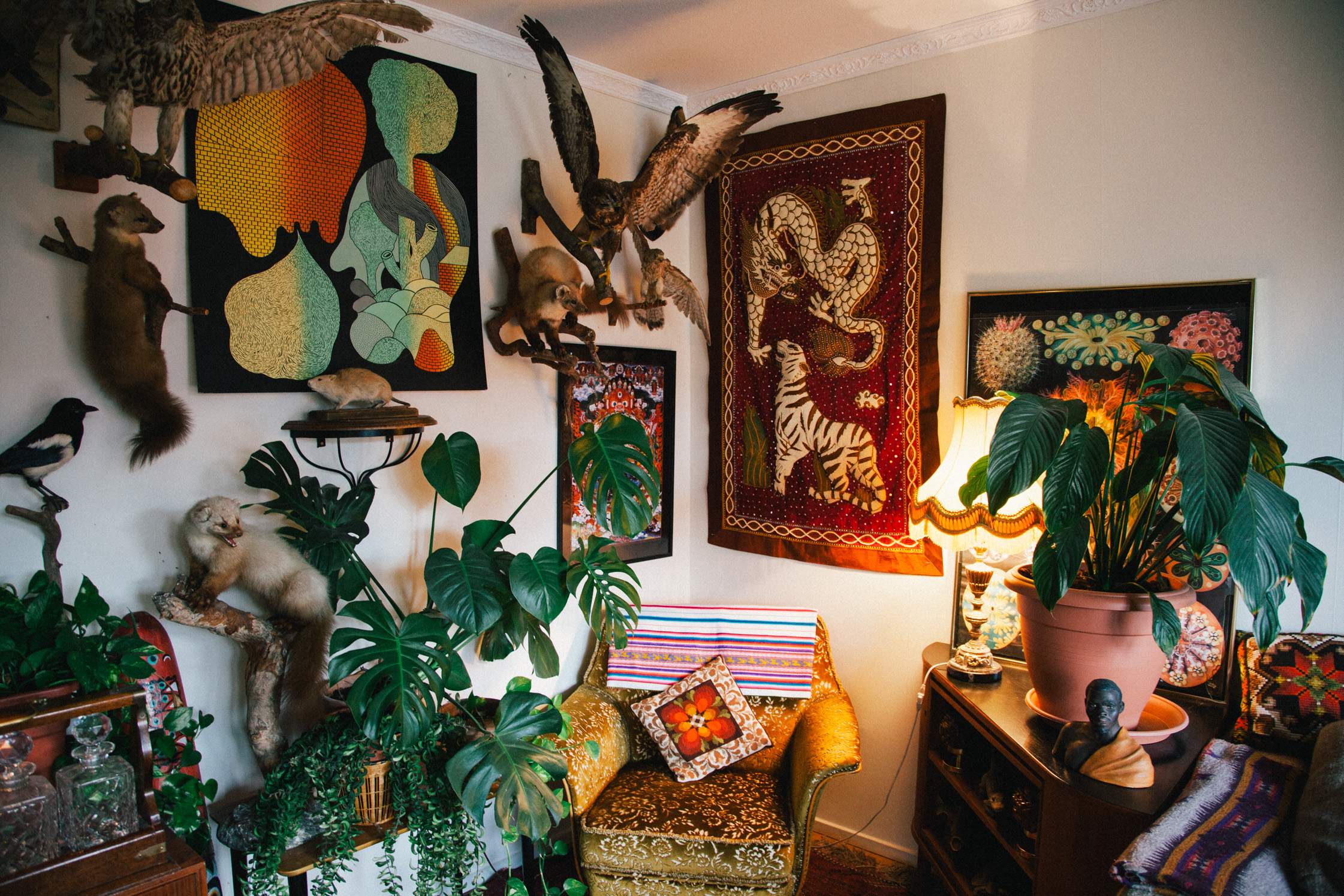
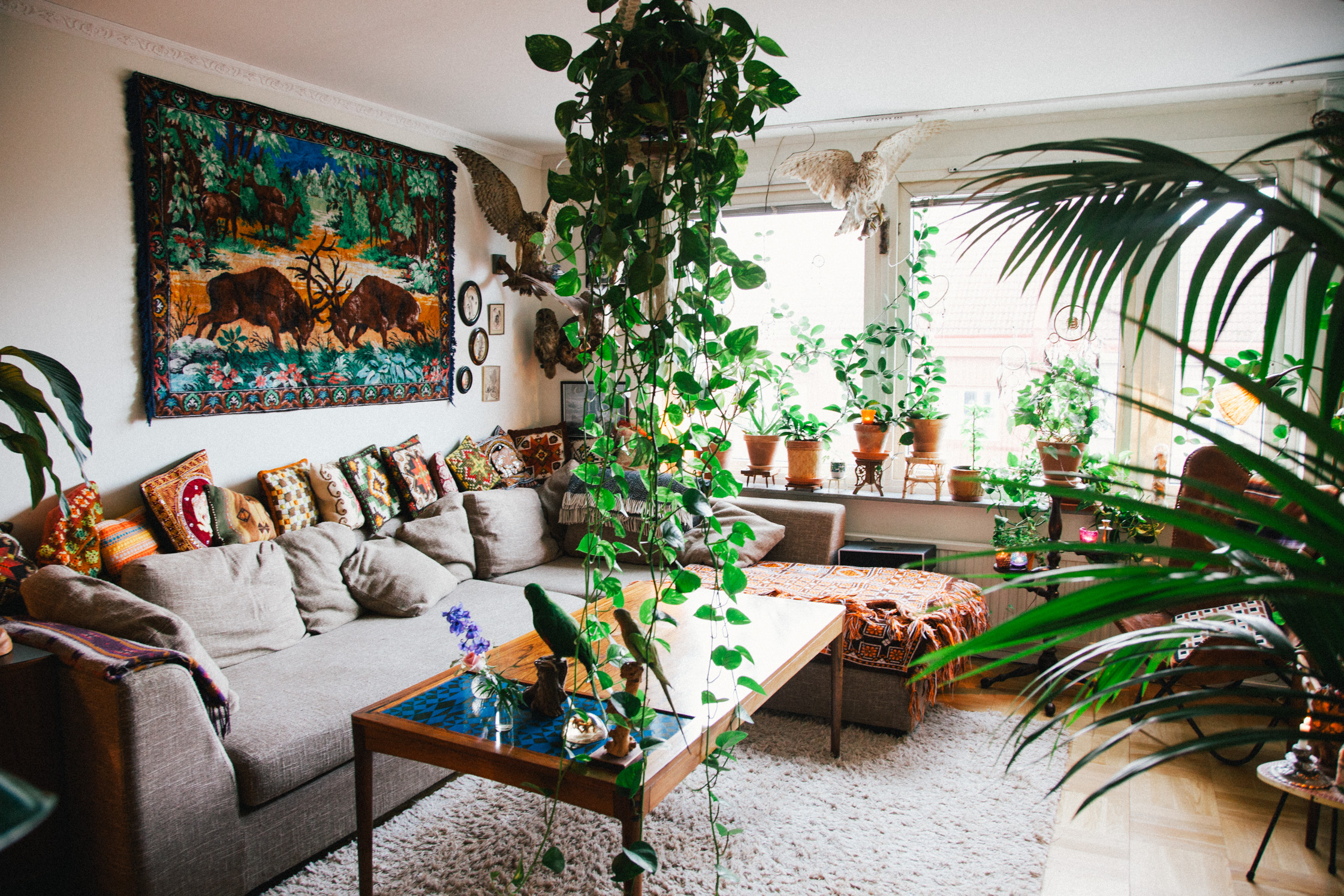
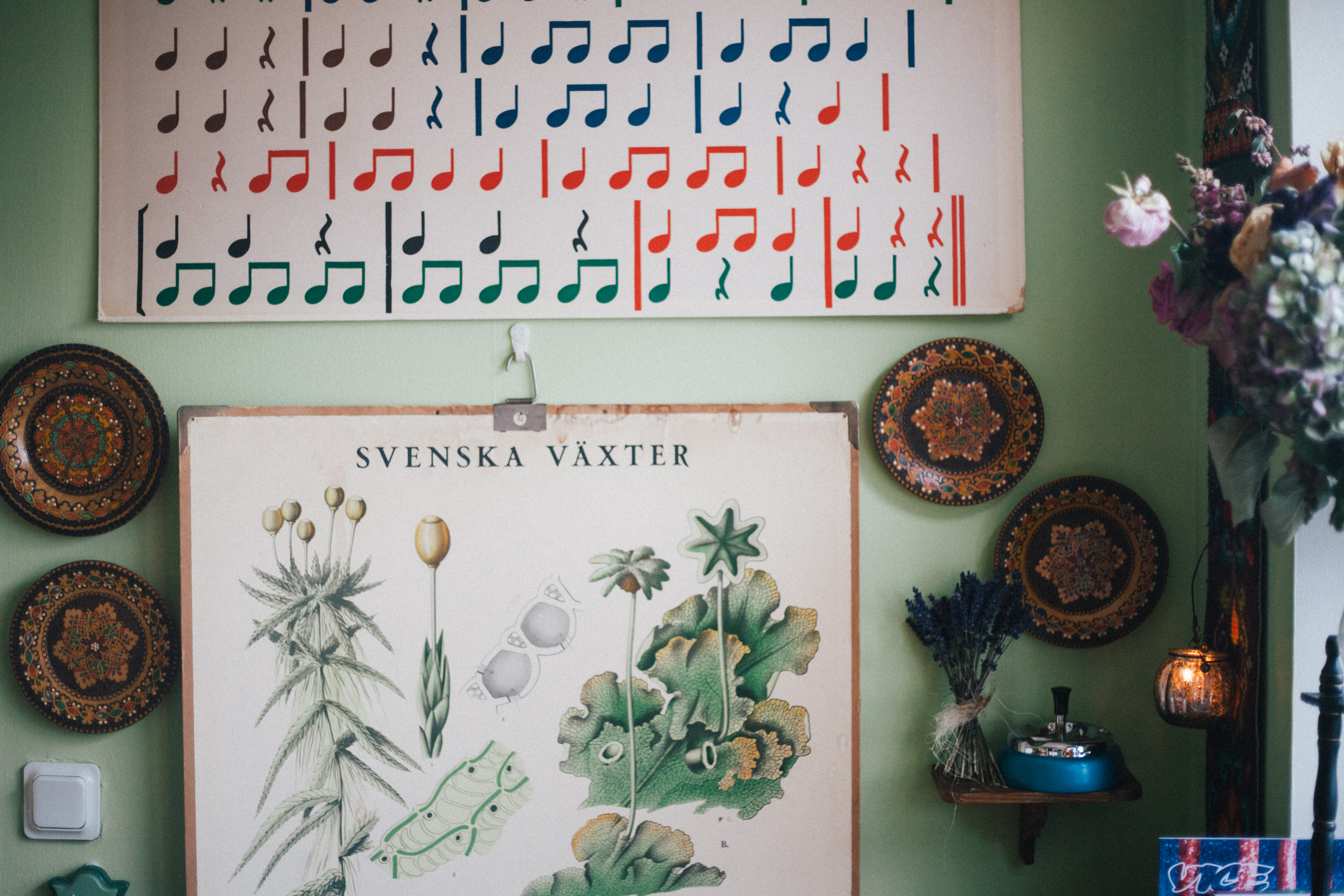
Tell us a little bit about your background. You started your career as a dancer, is this correct?
I was born in the former Soviet Union and we first came to the North of Sweden when I was three years old, before we moved to Gothenburg. I moved with my older brother and my parents. I started at the old Royal Ballet School when I was eight years old and studied ballet, contemporary dance, improvisation, Flamenco and Russian folk dancing. Dancing was part of my daily life. The older I got the more important dance became. It was a major focus. There was a point in which I had to choose between classical and contemporary dance and I chose contemporary. I continued dancing in Gothenburg until the age of 15 and then I moved to Stockholm. Sundays were even taken up with dancing as I taught children how to dance.
After graduating I started at the Dance & Circus University in Stockholm, studying production for stage art. It was similar to what I did later: looking for setting, sponsorship and marketing.
You also spent some time in Berlin.
Yes, I moved to Berlin because I got a scholarship to promote the exchange between Gothenburg and Berlin.
Where did you live and what was your vision for Berlin?
It’s super cliché but of course I moved into a shared apartment in Kastanienallee. It was 2006. I always felt that if I wanted to do something, I would do it. At that time I wanted to stimulate the connection between Berlin and Gothenburg as it was fairly non-existent. I applied for a lots of project funds and kind of created my own job. The main idea was to investigate what type of dancers, venues, choreographers and teachers were working in and between Gothenburg and Berlin. I went to several meetings, searching for suitable places to represent and showcase the Gothenburg dance scene. I was travelling all around Berlin, visiting studios and teachers all over. And it was great. I found places where you would enter a container-like building with a little man at the door, give him one euro and go inside to literally a whole orgy of people were making and performing contemporary dance. Those experiences were very eye-opening for me.
Then I decided to go back to Gothenburg to do my own piece. It was called ‘flowery wallpaper’ and it took place in a seven-storey house. Each floor was a piece. Small children, musicians and ballerinas were all involved. It was a production nightmare for everyone involved with a very special outcome in the end.
When and how did your profession change?
The performance went on a tour and this is how I met the founder of Cheap Monday, Weekday and Monki. I made a moodboard for a performance and asked Monki and Weekday to sponsor the costumes. I sent it to the showroom and they forwarded it to Adam Friberg, who is the founder of Monki . He invited me for some ice cream. He is a hero with such a big heart. We clicked right away.
He took me to the store and said “take everything you need.” After the performance I got offered a job. To be honest, at first we didn’t know what I was exactly going to do but like with everything Adam Friberg does, he used his intuition.
So what was your role when you began working for Monki?
I started off as a member of the visual team, working on the expo of the store. When the head of design saw my first submission we all decided that this was not the right job for me. (laughs) Afterwards I got connected with the designer of Cheap Monday who at the same time did the production of the Monki store opening events. I started to travelling throughout Sweden with him and all of a sudden one day he said to me: “I am actually a designer. You take over this job now!” So I got my job as event manager.
It fell into place then?
Yes. They asked me to move to Denmark. Iris Alonzo came to Scandinavia when American Apparel was being launched in Sweden and I met a lot of influential people in fashion. She managed to gain so much interest that the store opening was a huge success. Adam wanted me to do the same for the opening of the Monki store in Copenhagen.
Tell me about your time in Copenhagen.
When I arrived I rented out a desk in a shared office in Vesterbrö. The space was called ‘Art Rebels’. The first person I got to know was a girl sitting and working there, smoking a joint at the same time. It was a fun place.
I lived in Copenhagen for more or less six months, and shared an apartment with a Vice Magazine photographer. We opened up Monki in 2009. It was a big success and the brand started to really expand. From only five stores in Sweden, today there are more than 80 stores in more than 22 countries. It has been amazing to be involved in that journey.
How did the opening concepts differ?
The special thing about Monki is that its team wants to work out an individual concept for every city. We adapt the brand to the vibe of each city, while of course remaining eye-catching. I was keen to see happy, smiling faces.
When we expanded to Germany I had to look for support. I went to this club where I knew I would meet this one girl I often recognized, who was great at doing parties with her friends. I just went straight up to her and asked if she was looking for a job. She became the event manager at Monki and I became head of PR. Together we opened up stores across Europe in Holland, Finland, France and the UK, and also in Hong Kong, Japan and now Russia. Today I am not only managing PR, my title is Global PR Spokesperson. I am in contact with all the brand ambassadors, showrooms, press agencies and media worldwide.
But at the moment you are not working?
After six years at Monki I have taken some time off. But this is not exactly one hundred percent true. I am working as a contributing showroom planner in NYC. Afterwards I will be starting my studies in trend and media analysis via a long distance course from Sri Lanka and Seoul in South Korea, where I will be. I am very interested in these topics and finding out about the cultural and sociological backgrounds of simple things – for example why the pomegranate has become more ‘trendy’ in recent years.
How did you and Jonas meet?
It was early spring a couple of years ago. I just got my new business cards and I was quite thrilled about them because the business cards at Monki are always spectacular, and it said PR and Event Manager on my card. I went down to the store that was just below the office with the cards in my hand and I bumped into Jonas’ holding flyers. He had smiley eyes, a ginger beard and hands fully covered in tattoos. When he saw me he yelled “It’s you!” He had been reading about me in a recent newspaper article where I explained we should all move to the moon, which caught his interest. He gave me his flyer and I gave him one of my business cards. Later that day I got a really long and funny text message.
Why did you choose this neighborhood and house in Gothenburg?
Majorna is the creative part of Gothenburg. Jonas’ tattoo studio Kosmos Tattoo is also here. Everyone I know lives here. It is a very friendly area.
I actually think the building is quite ugly. We moved in here about one year ago. I always hope people are not Google Mapping our house before they meet us here. On the inside it’s more like living in a cottage in the forest.
How did you find all these curious animals and eclectic interior accessories?
Jonas and I are self-confessed collectors. We love antique and vintage design and buy a lot from auctions. We also travel a lot. Almost every two weeks I visit a new country.
Is there a good antique market in Gothenburg?
There is a hardcore market that we go to on the weekend sometimes in the suburbs in Kviberg. It is super cheap and we have bought some pretty things there. You can also bring things to swap.
How would you describe the vibe of Gothenburg and the people who live here?
I see a reference and connection to Hamburg. It’s a harbor city, so a bit rough – but the people have big hearts.
Why didn’t you move to Stockholm?
I lived there for five years before I lived in Berlin. It’s a fun city. Compared to Gothenburg where you go to the same parties and wear the same clothes day and night, Stockholm is of course a bit more diversified. I often go there on a Thursday for the weekend. But I like to live here and come and go in Stockholm, rather than being based there.
I think the second biggest city in a country is often the better city to live in. For example San Francisco instead of New York, Hamburg instead of Berlin, Montreal instead of Toronto, Osaka instead of Tokyo, St. Petersburg instead of Moscow. It’s usually cheaper and you can try things out more.
I heard you once had a trailer in Portland?
I have this thing: I am traveling the globe in search of my future place. The city I will grow old with. I rented out a trailer in Portland when I got there. It was an urban farm where everybody stayed in the house and I lived in the garden. It was wonderful. We had a little fireplace on the floor and a little porch. Outside there were bees, goats, turkeys and ducks. I stayed there for a while to find out if it could be my ‘place’ for three weeks. It was very nice exploring a completely new city on your own. I like to feel a part of a city and experience it.
But I have to say I haven’t found my place yet.
What’s next in terms of finding your dream home?
New Orleans and Nashville. And I also want to check out the Japanese countryside. A friend of a friend has an indigo farm there with a huge field of indigo flowers. I started to investigate and I realized that Japan is so much more than just its urban cities like Tokyo.
Can I ask you about your collection of animals?
Everything is antique. We never buy new taxidermy, that is something that is very important to us. They are from all across the world and for us they also represent memories from our travels. In that way they provide a lot of ‘warmth’. It might be also something connected to our love of the sixties and desire to live in a hippy commune.
There are a lot of spiritual objects here. Is it more the aesthetic that fascinates you or is it the deeper meaning that they carry?
Jonas and I talk a lot about our personal developments. It is what you call „the uncarved block“ – the Taoist term meaning to return to your original nature while letting go of your own ego and thoughts. At one point I was in my own thoughts far too often. People used to call me asking to meet up and I said no because I had to think. I had so many thoughts and ideas and believed I had to rethink everything again. I learned that I can still have these thoughts but I don’t need to ‘be’ them all the time. It was a huge insight for me.
We listen to a lot of Alan Watts, an inspiring philosopher inspired by Buddhism, who talks about the human consciousness. There is always scope for putting more energy into the 360 degrees of yourself. That is why I am taking some time off at the moment.
What’s next for you?
I know so little about Africa, which is definitely something I want to change. And to be honest, if I was ever to stop doing what I am doing at this point – there are at least a billion other things I would love to try out. I just want to absorb everything.
Nor, it has been wonderful exploring your world – if only for one day. Explore her sources of inspiration on Pinterest and find out more about the brand Monki on their website.
Photography: Marlen Mueller
Interview: Zsuzsanna Toth
